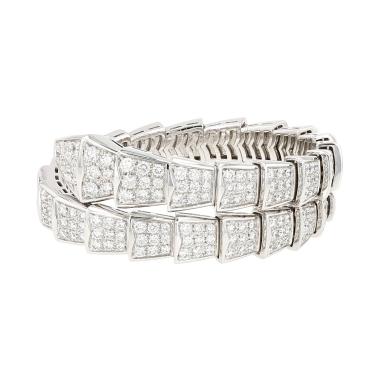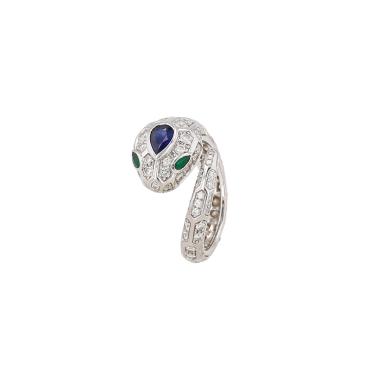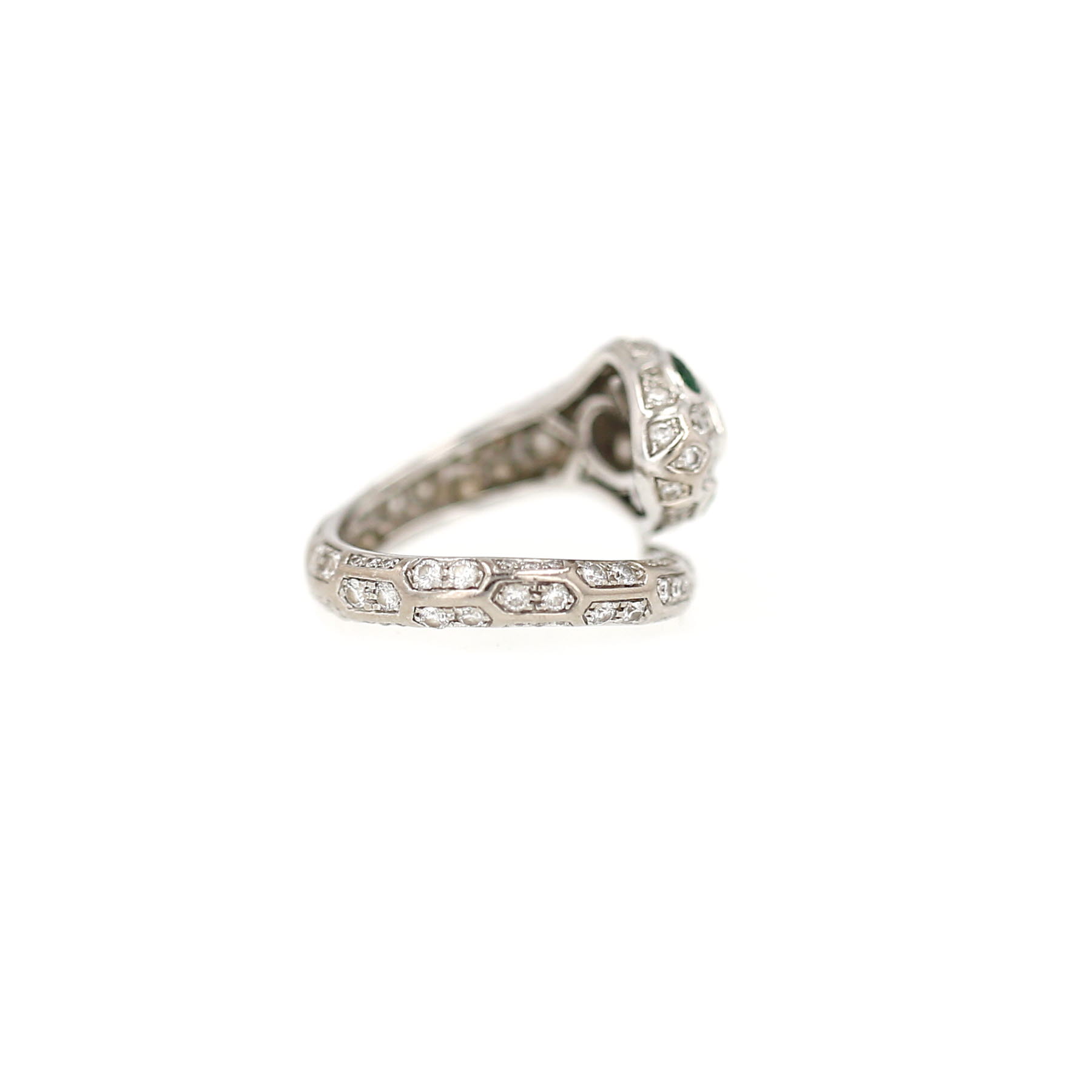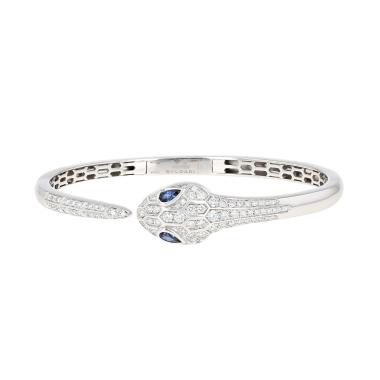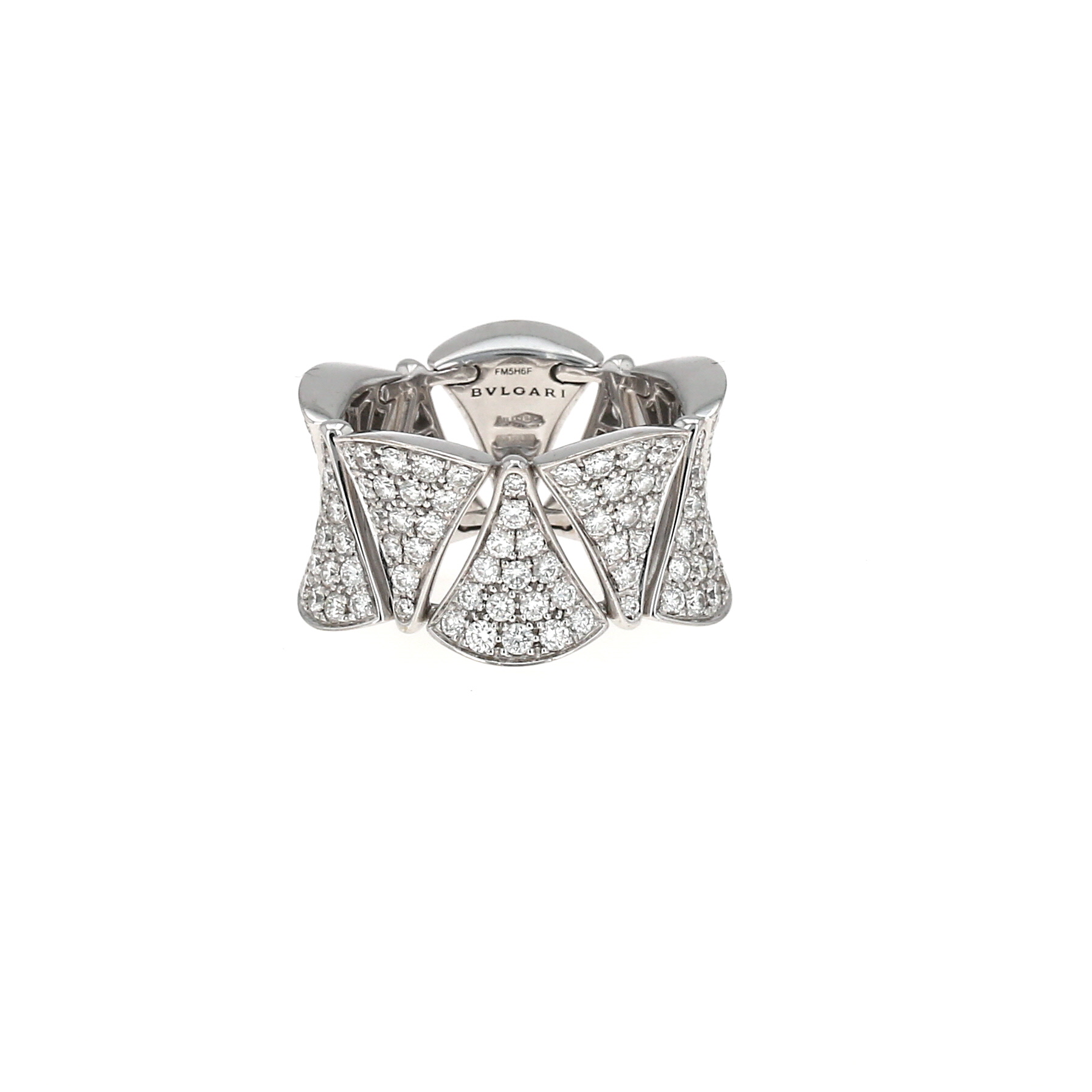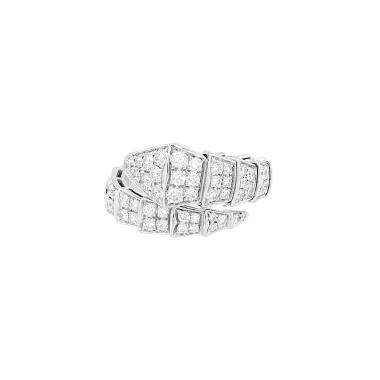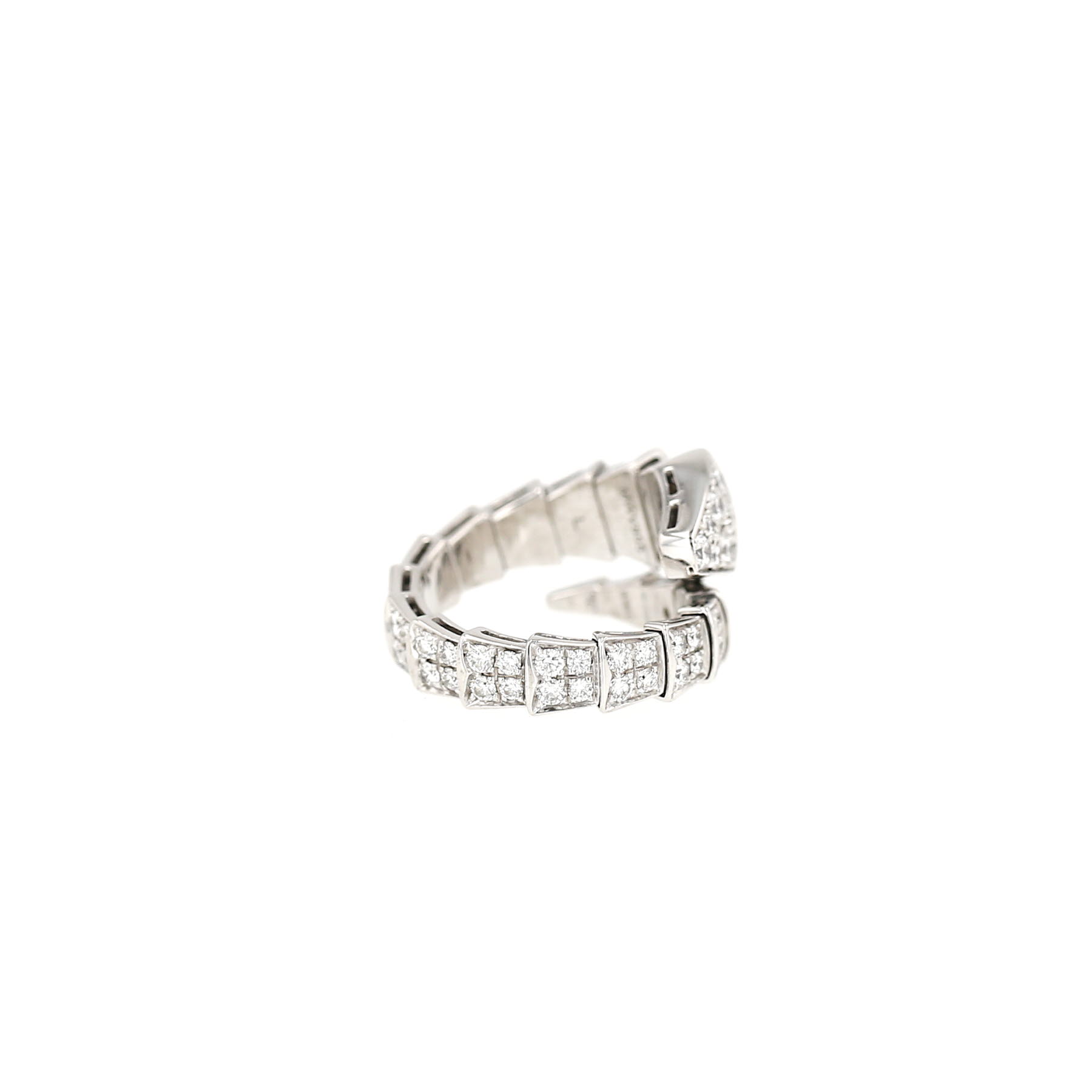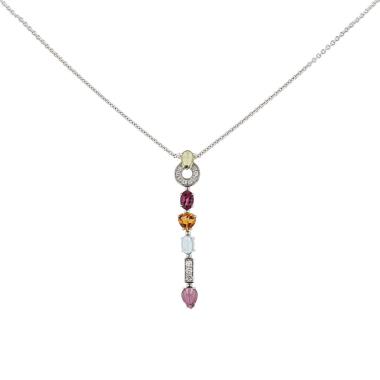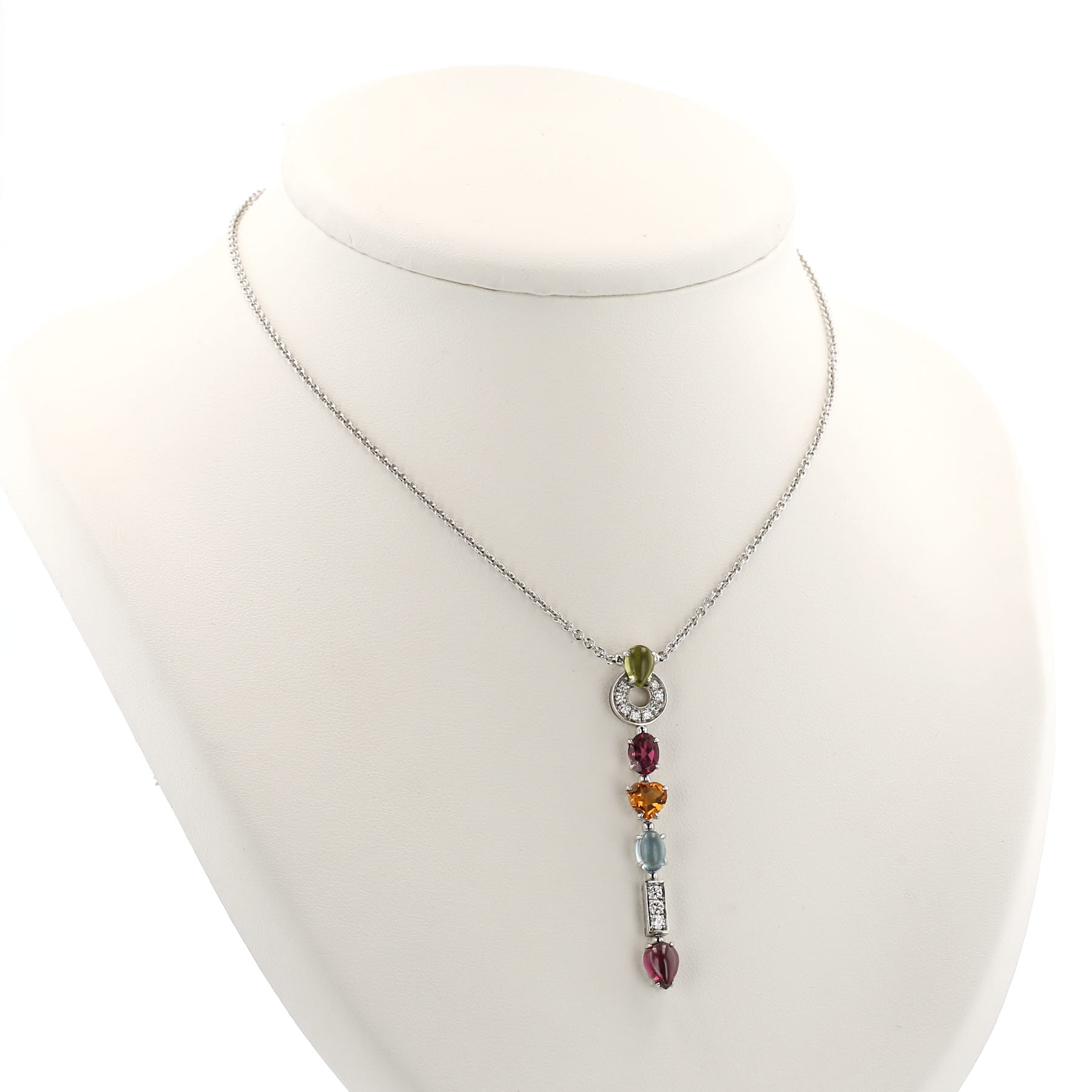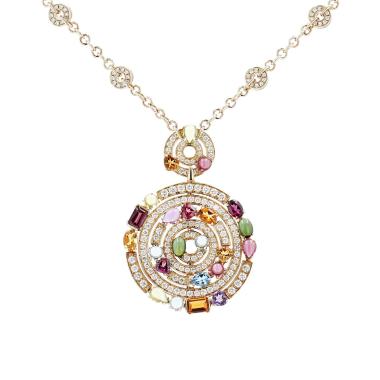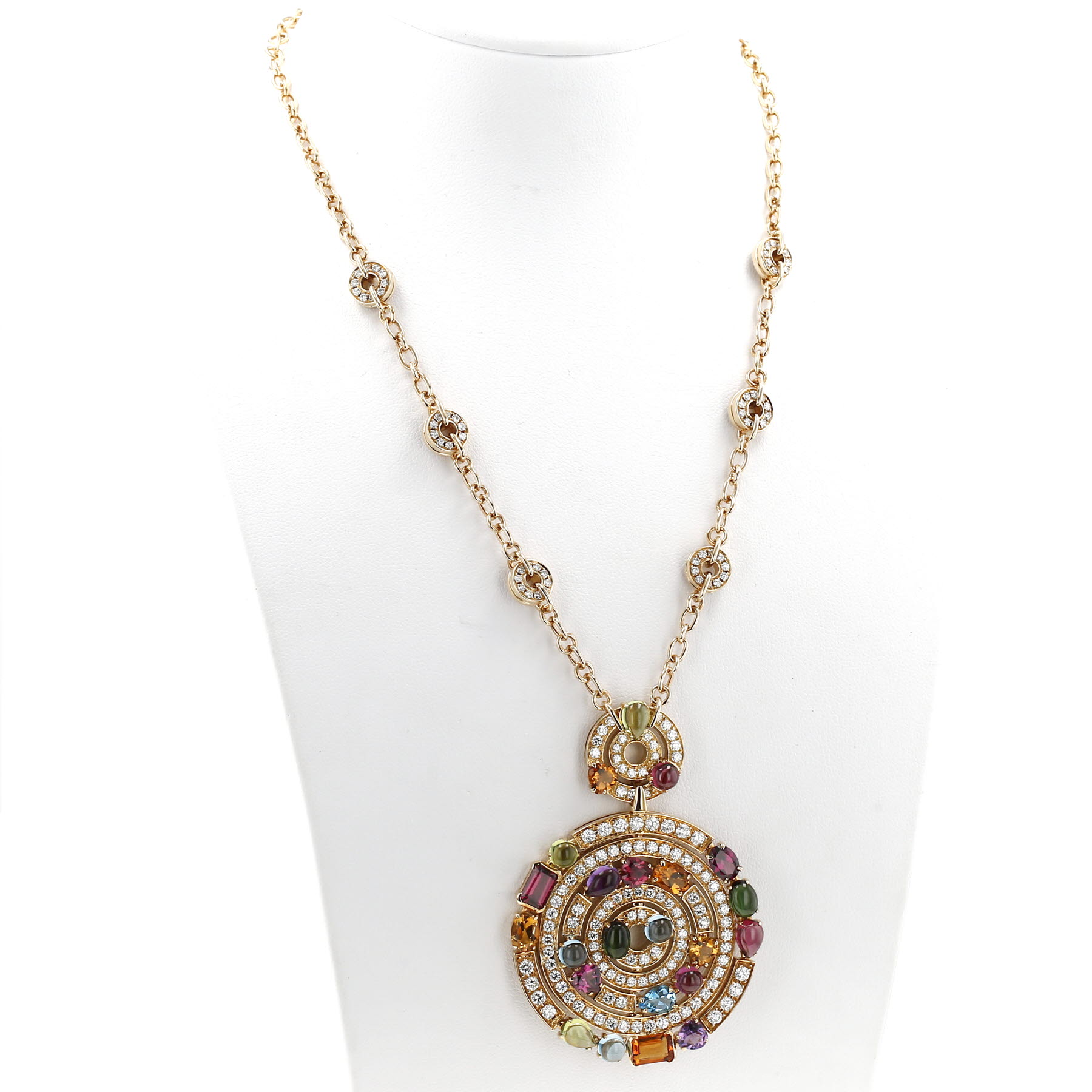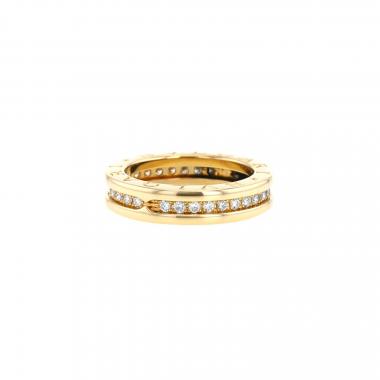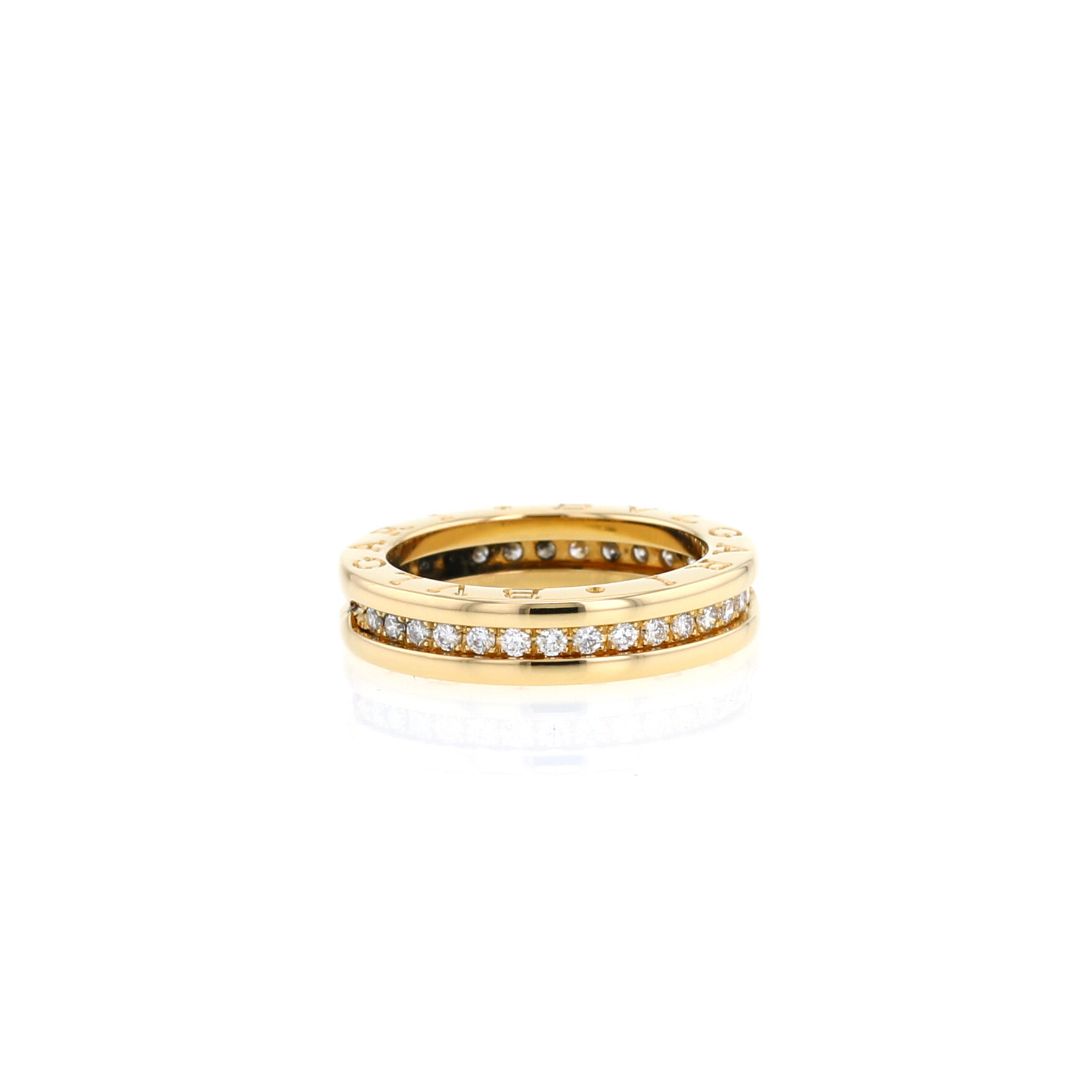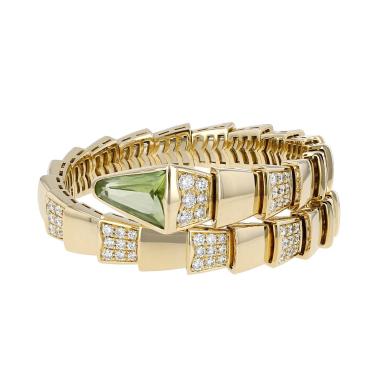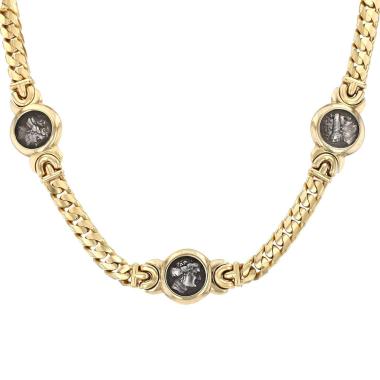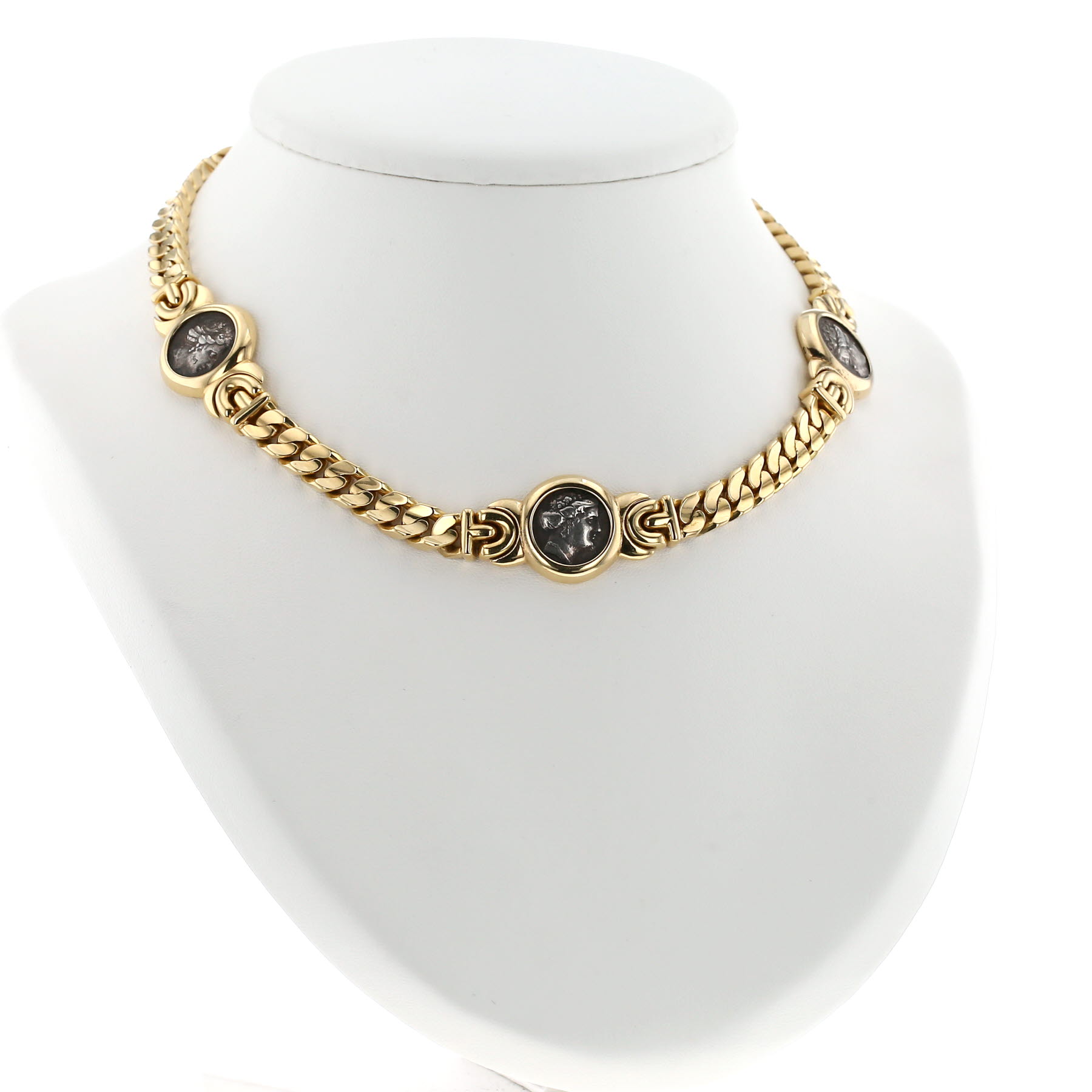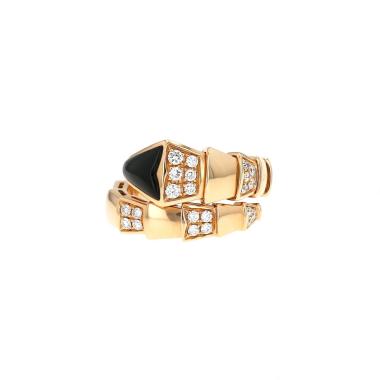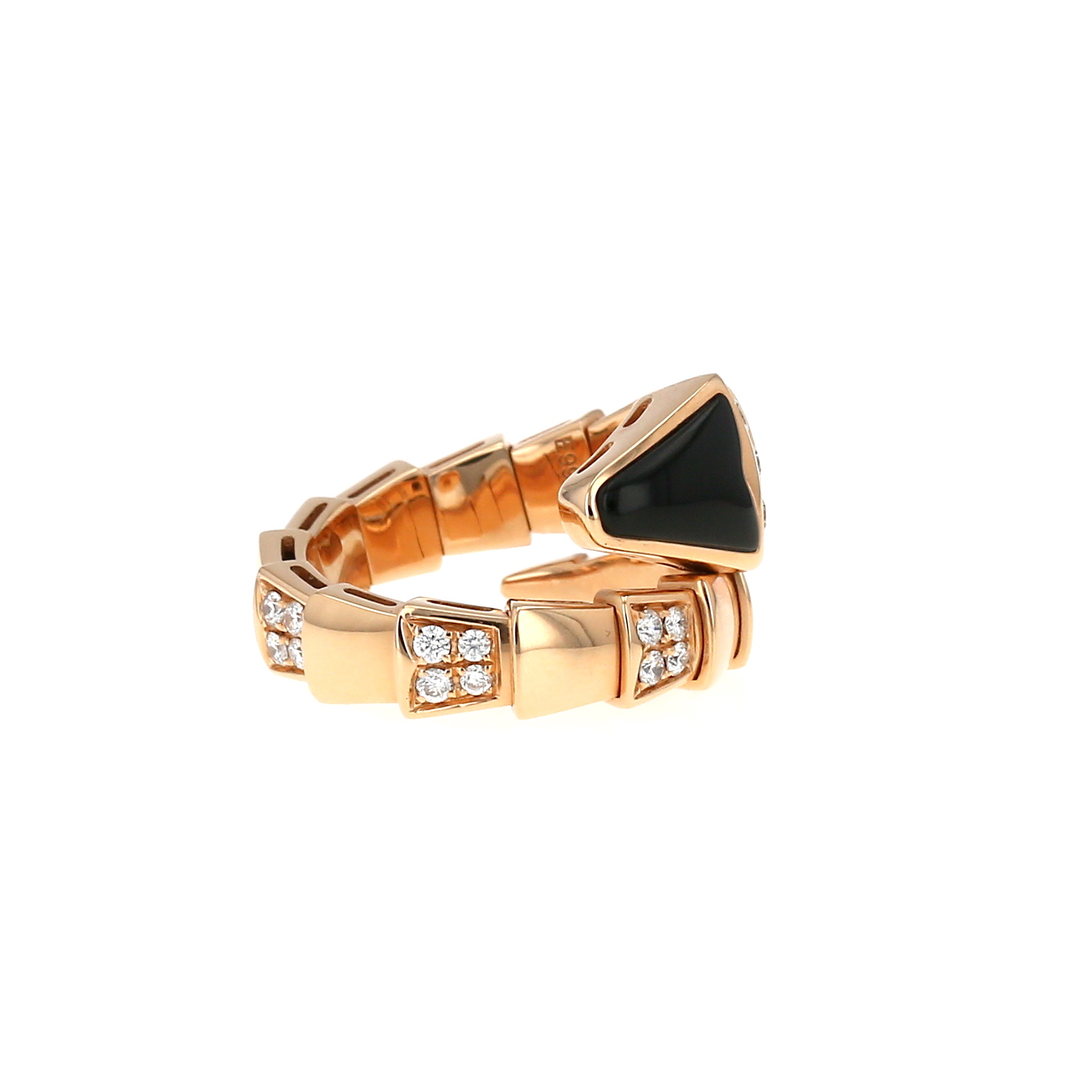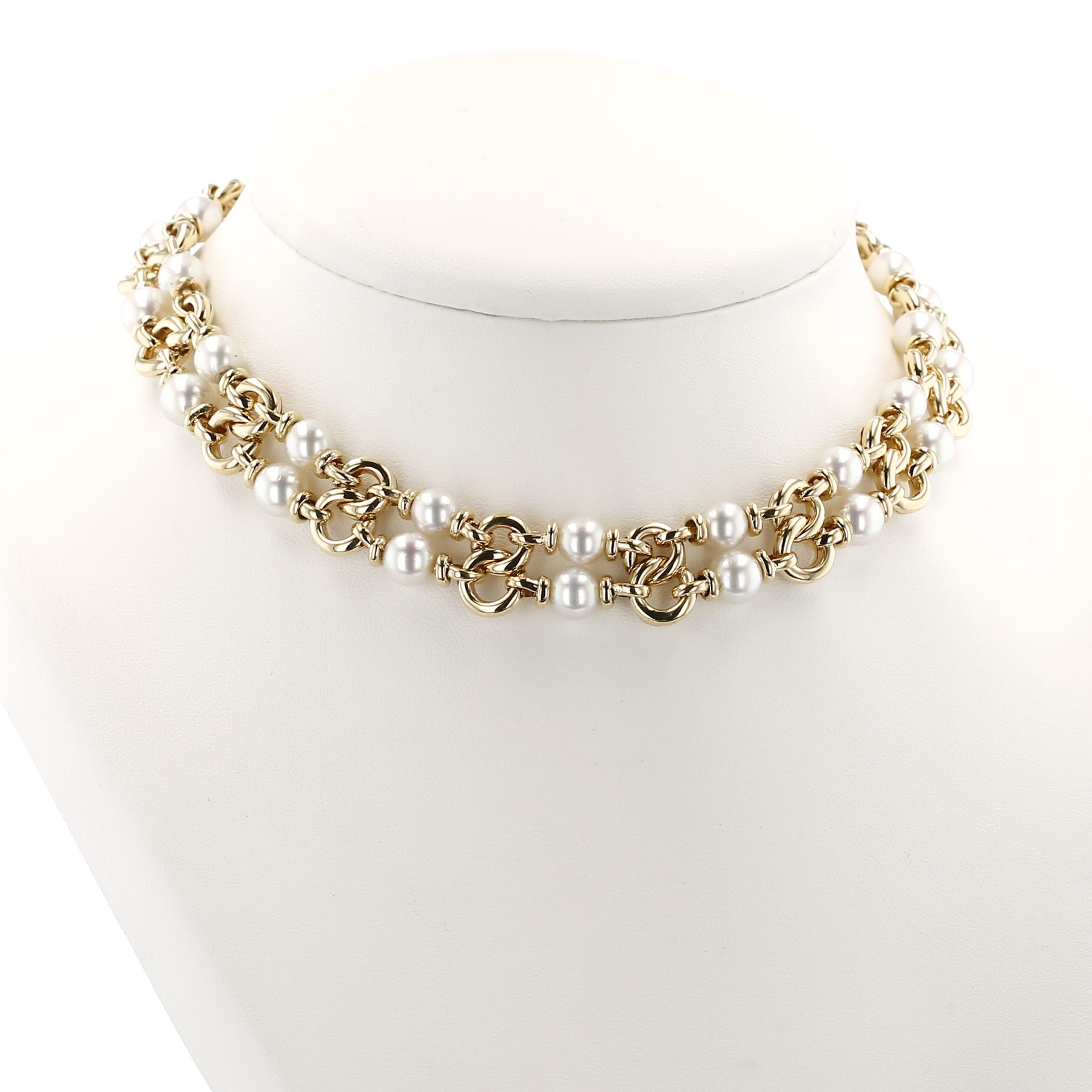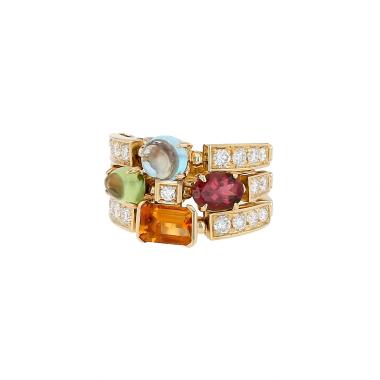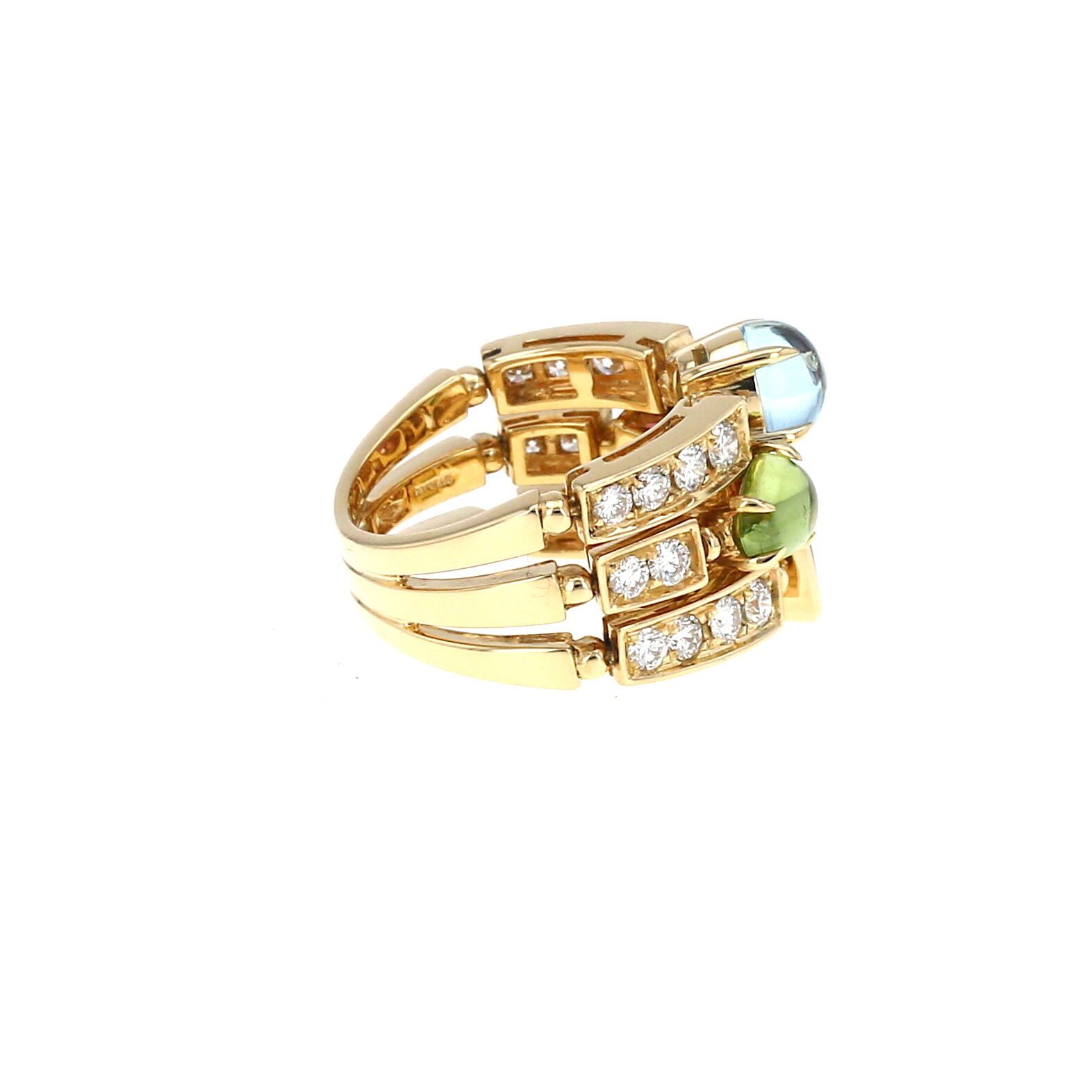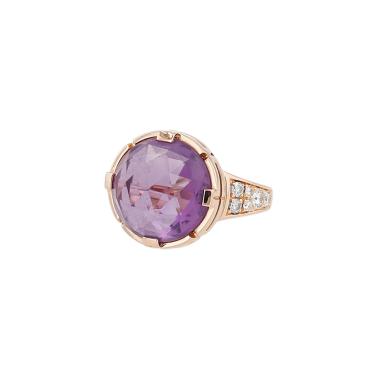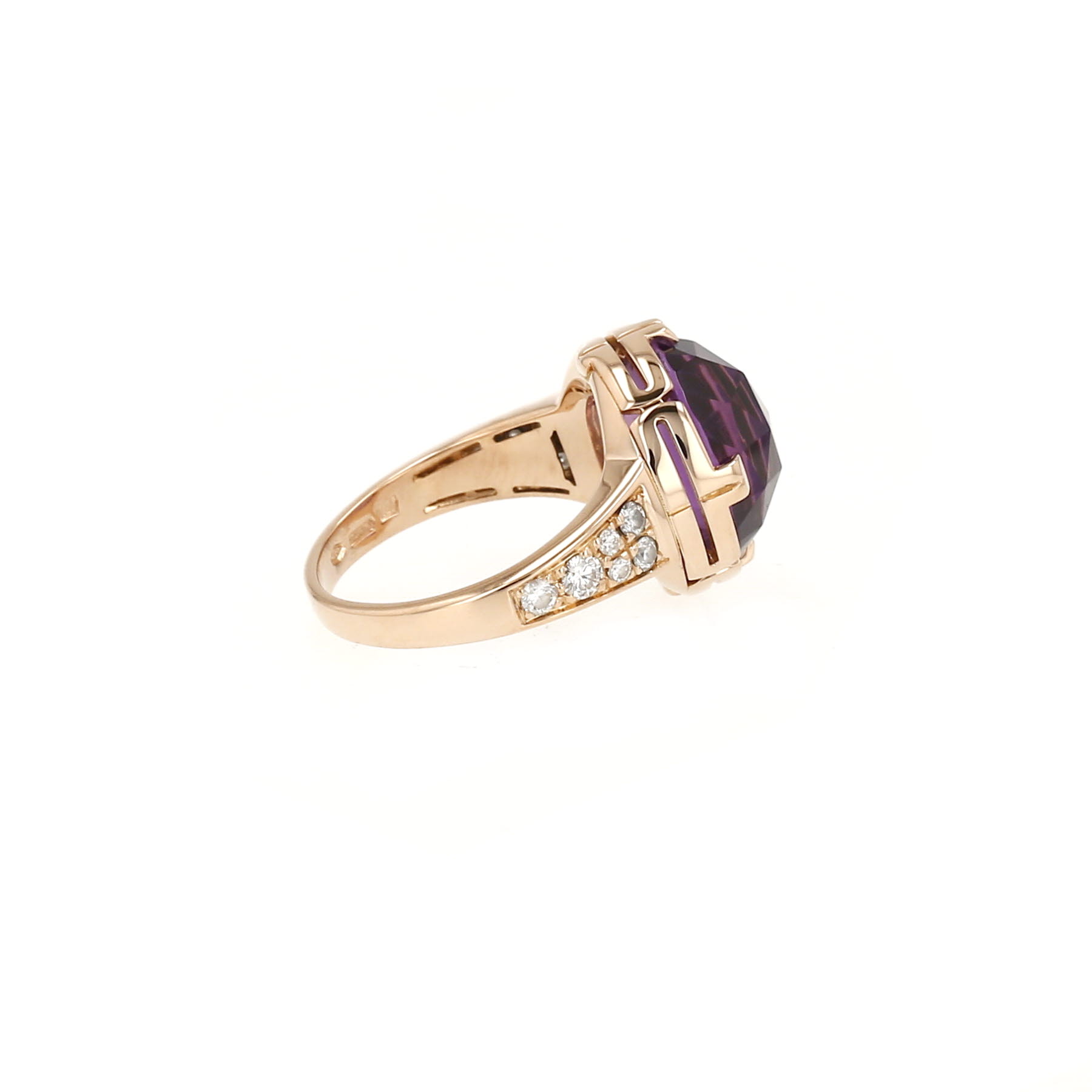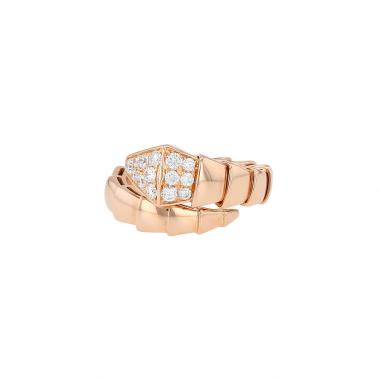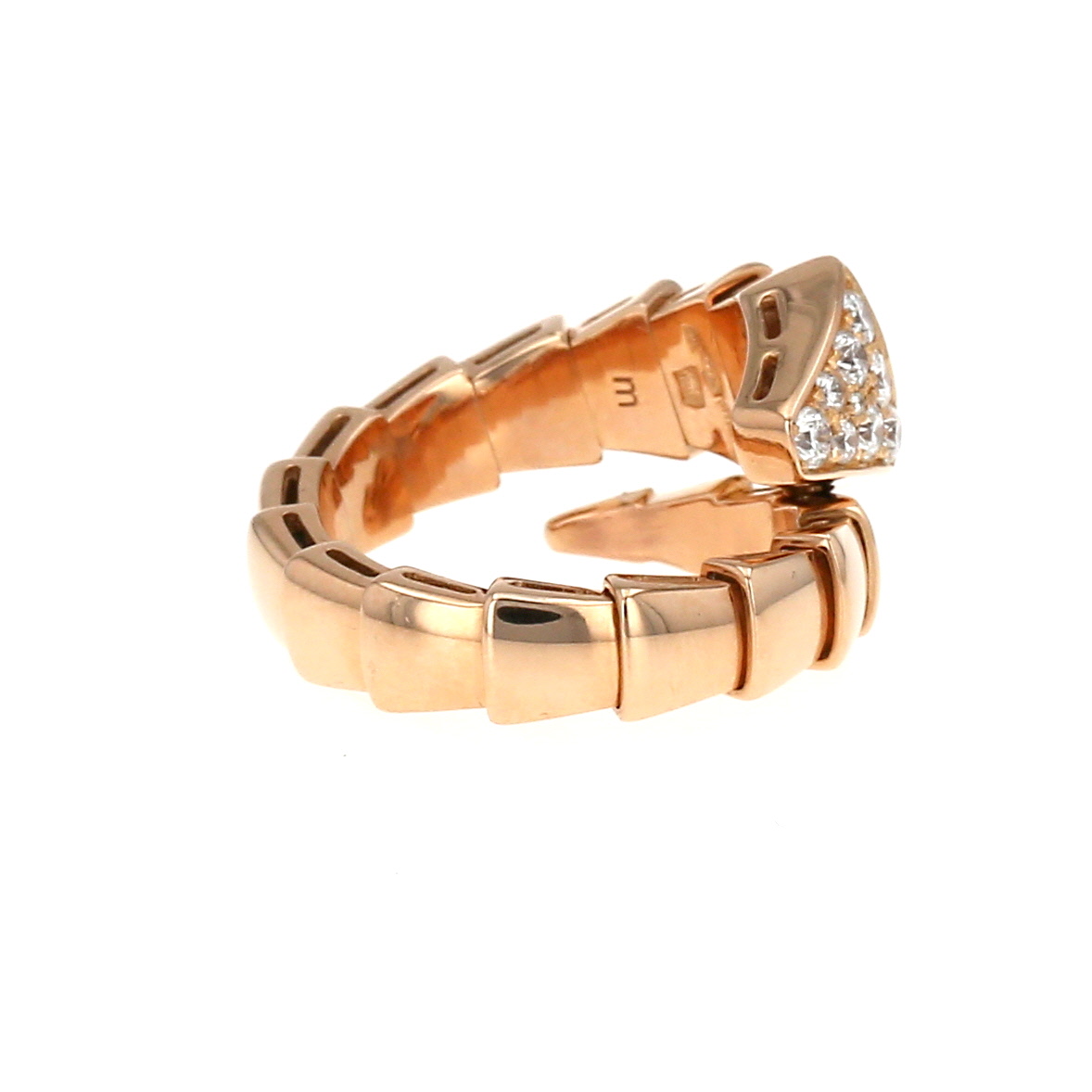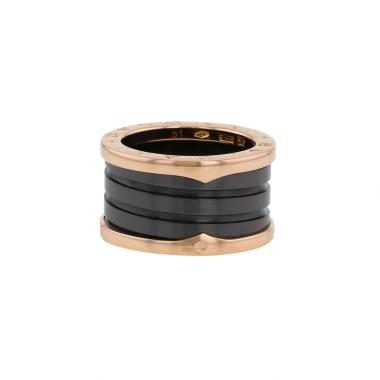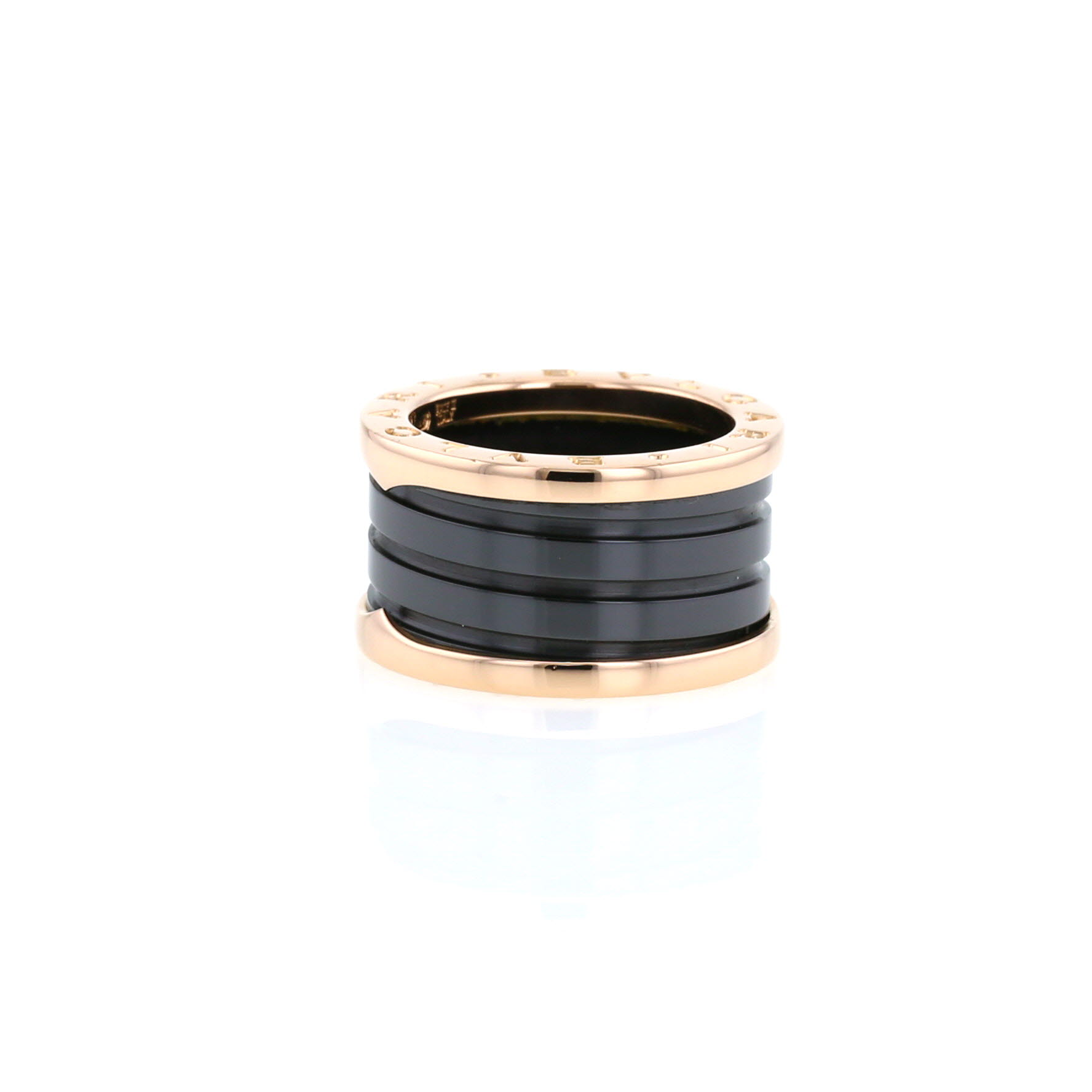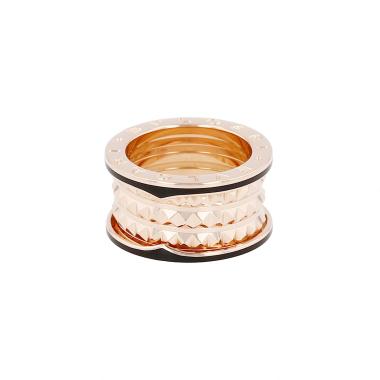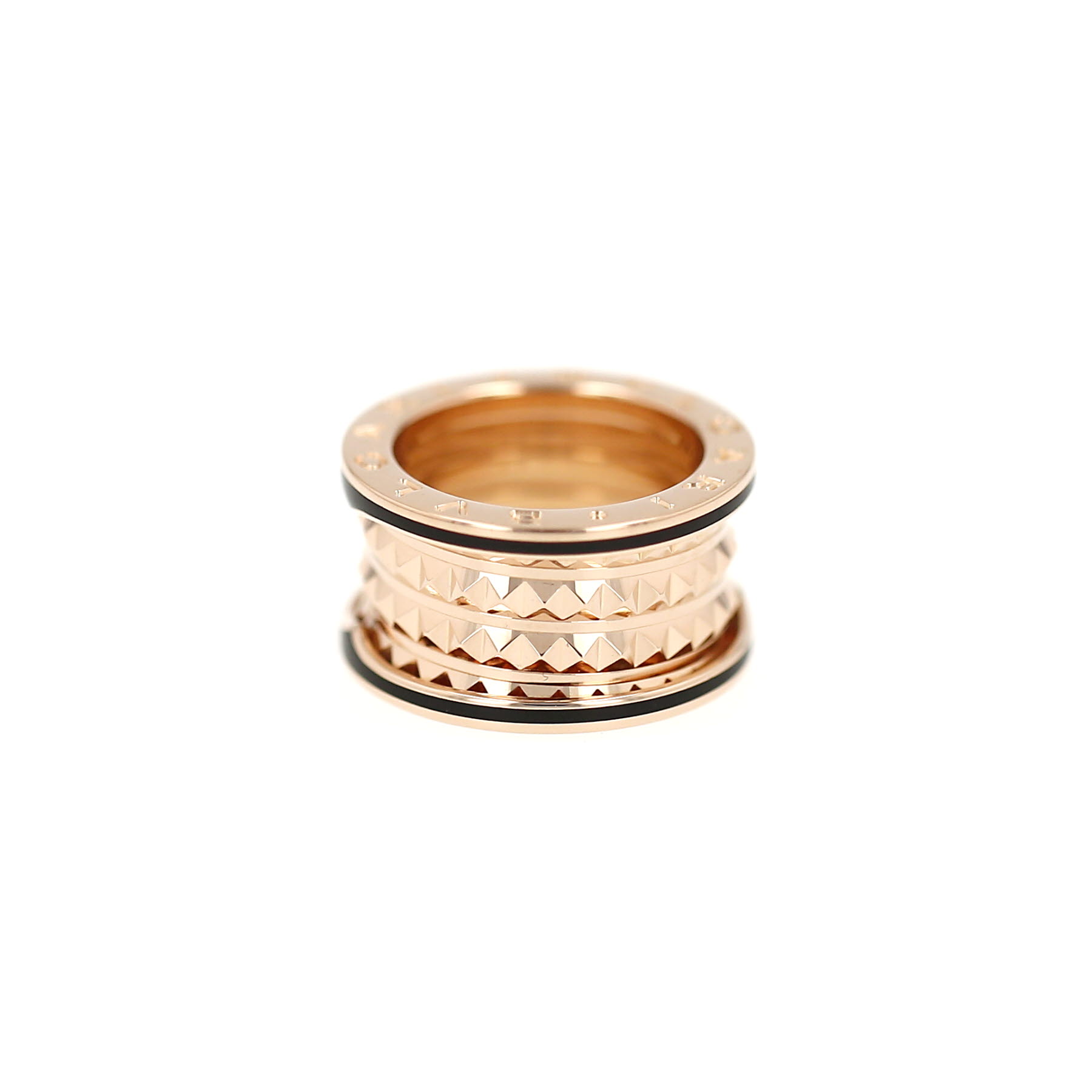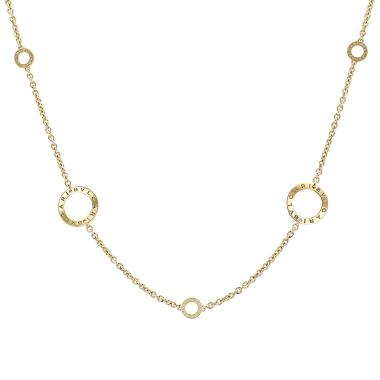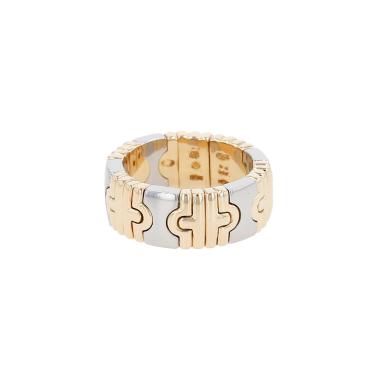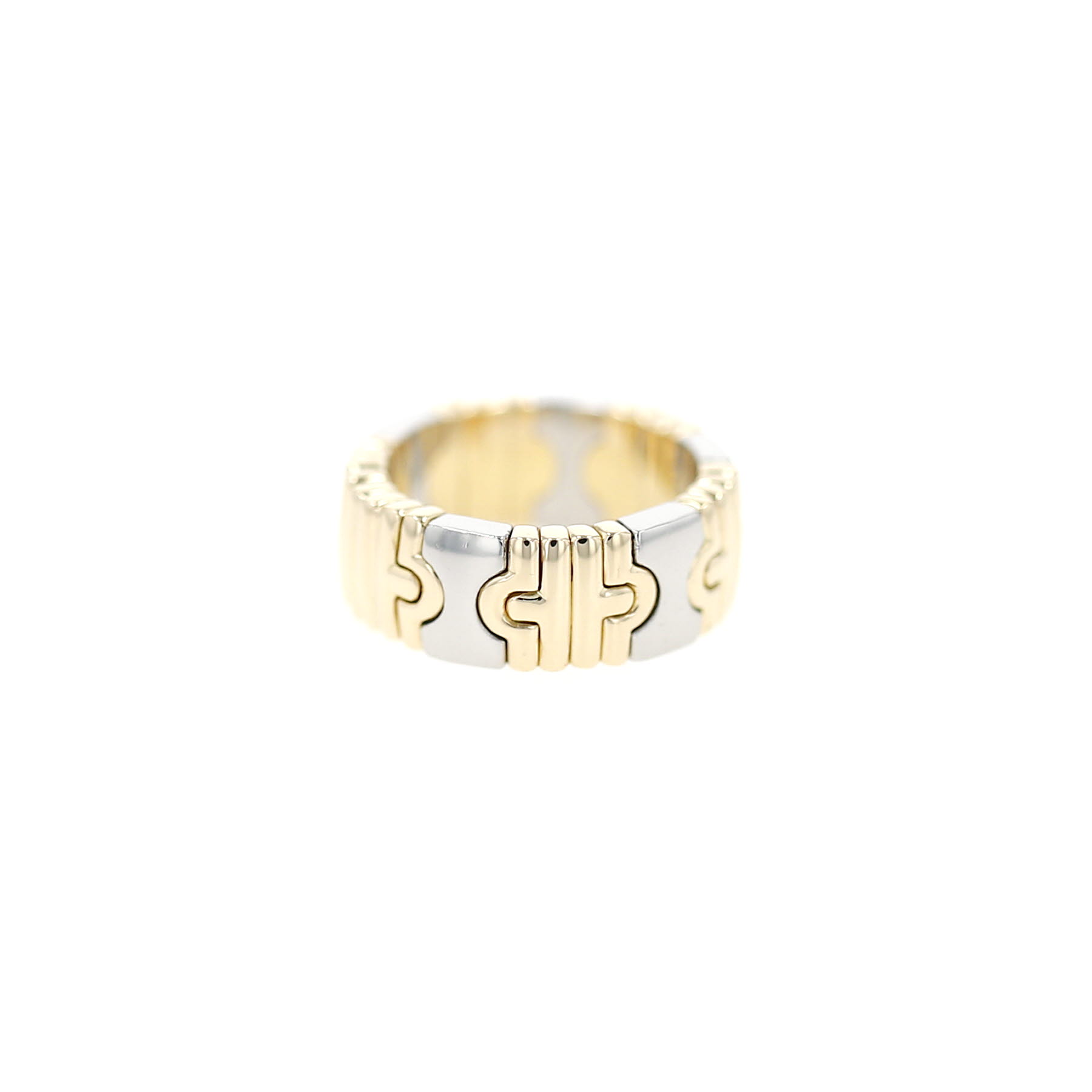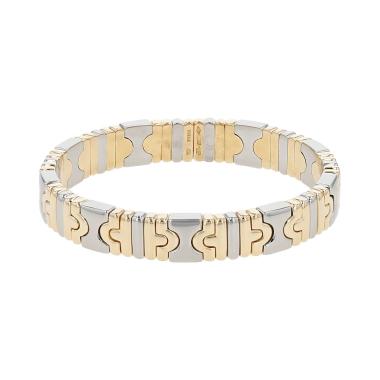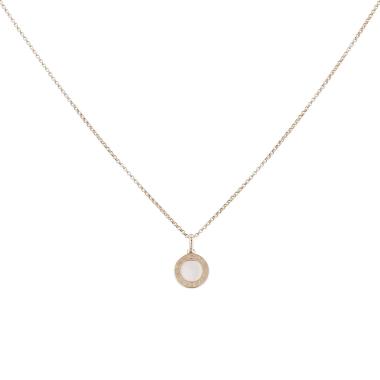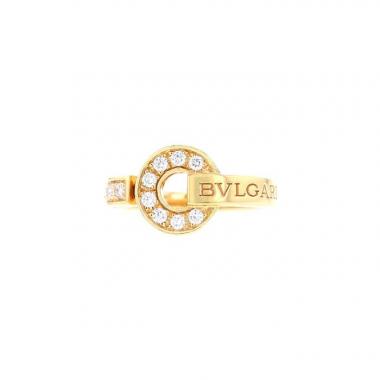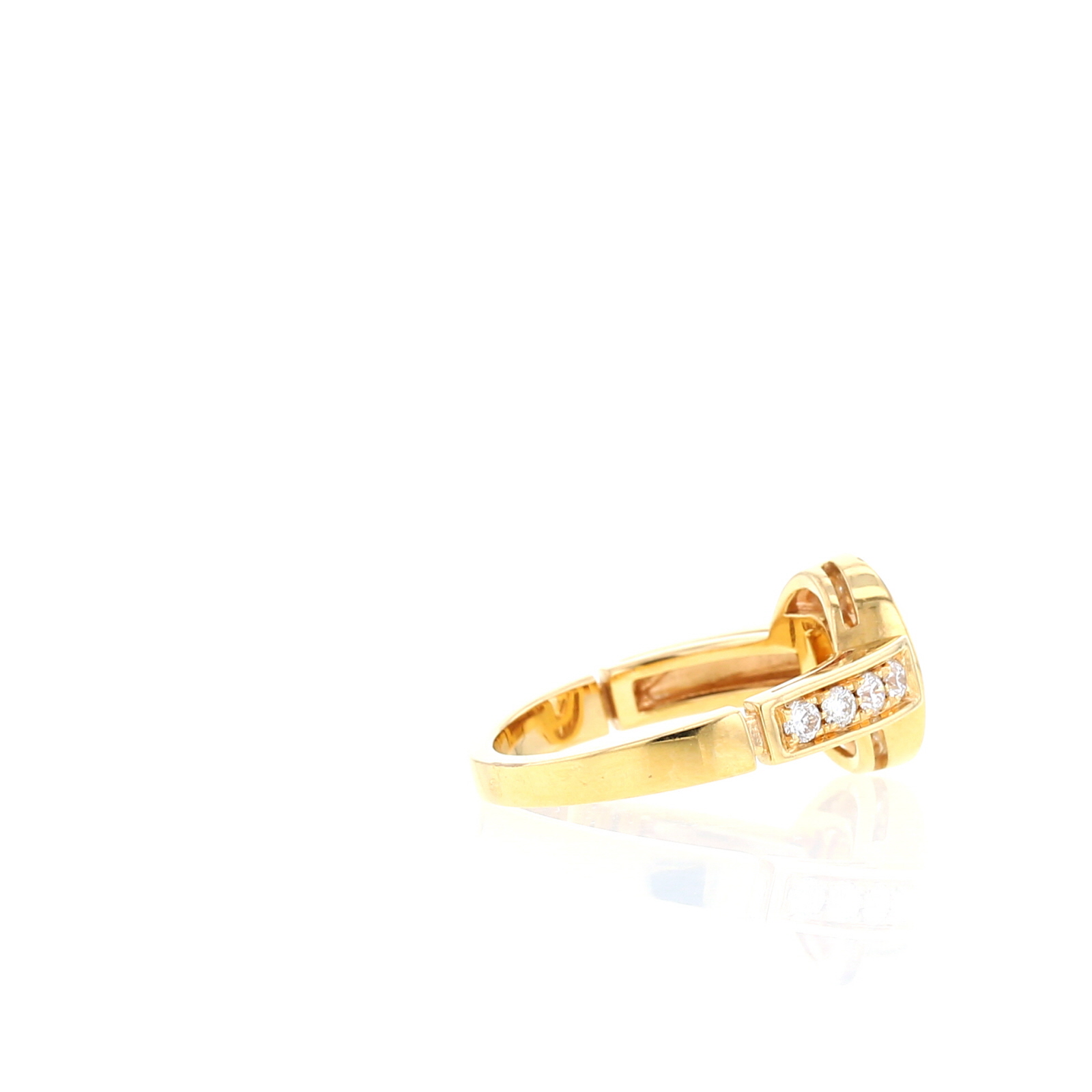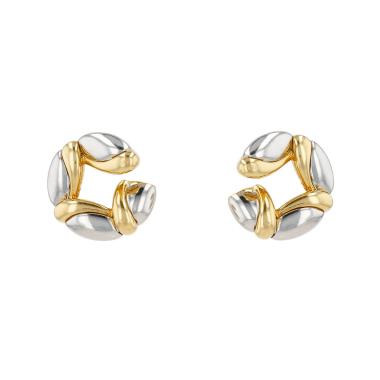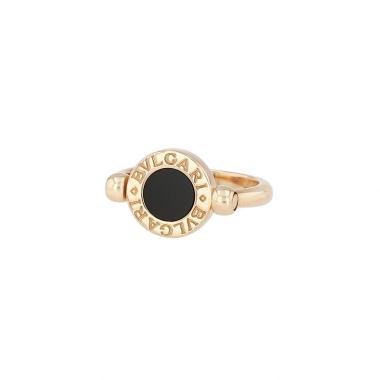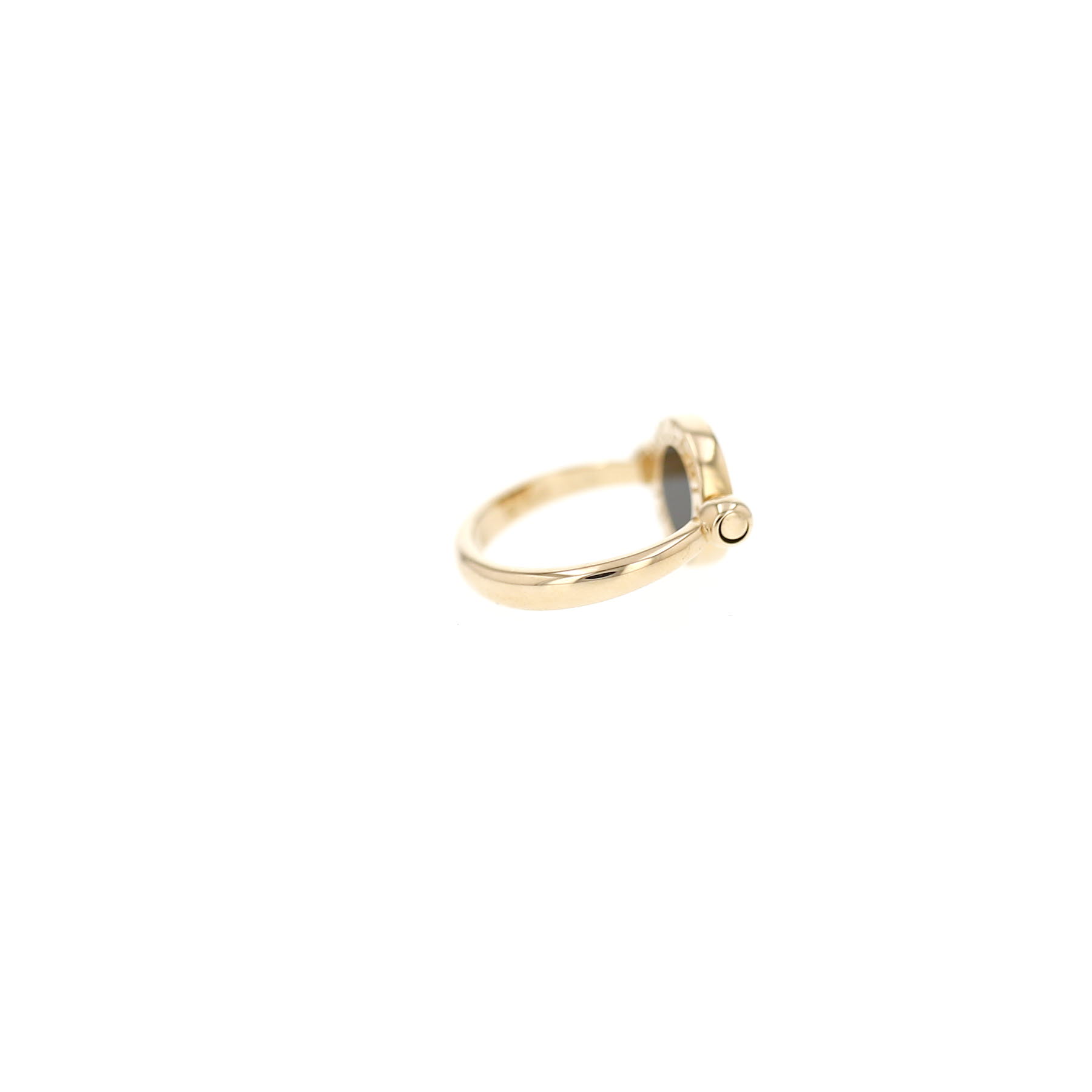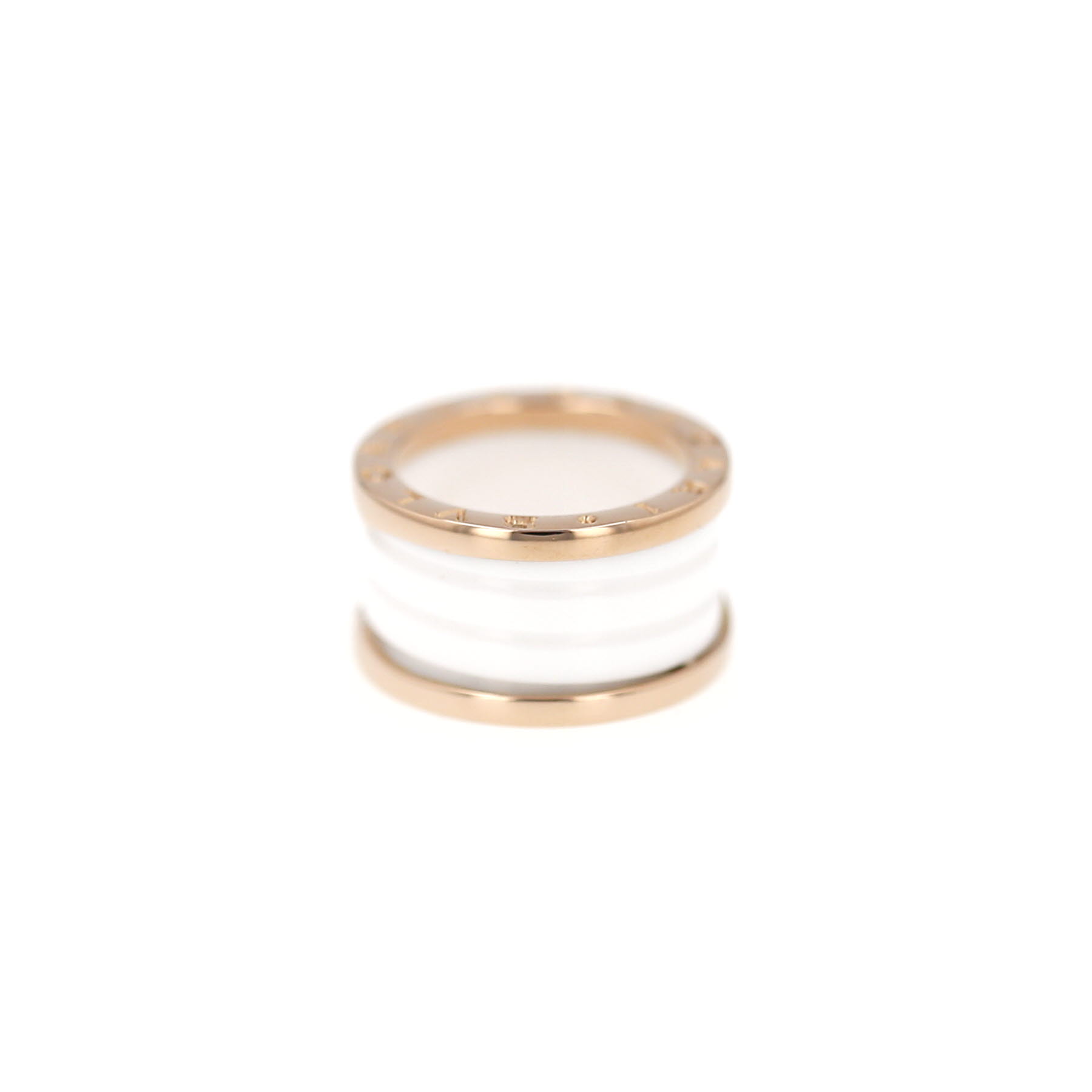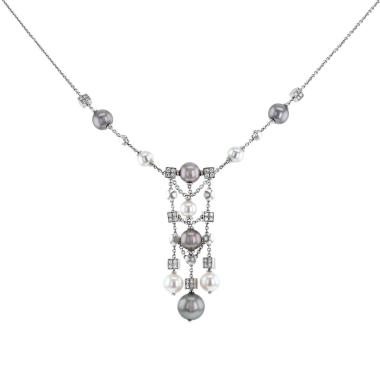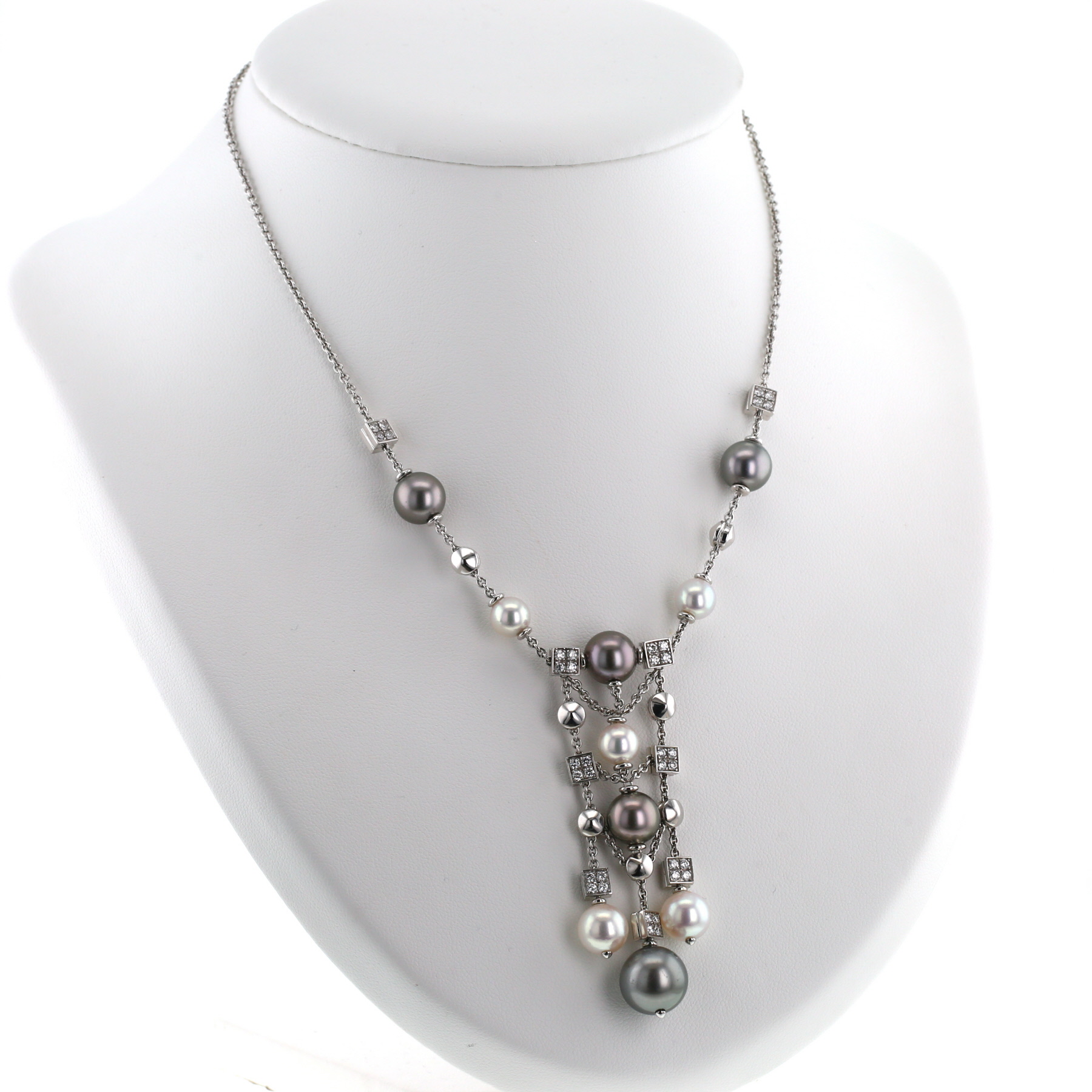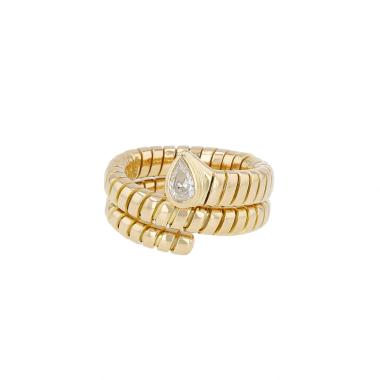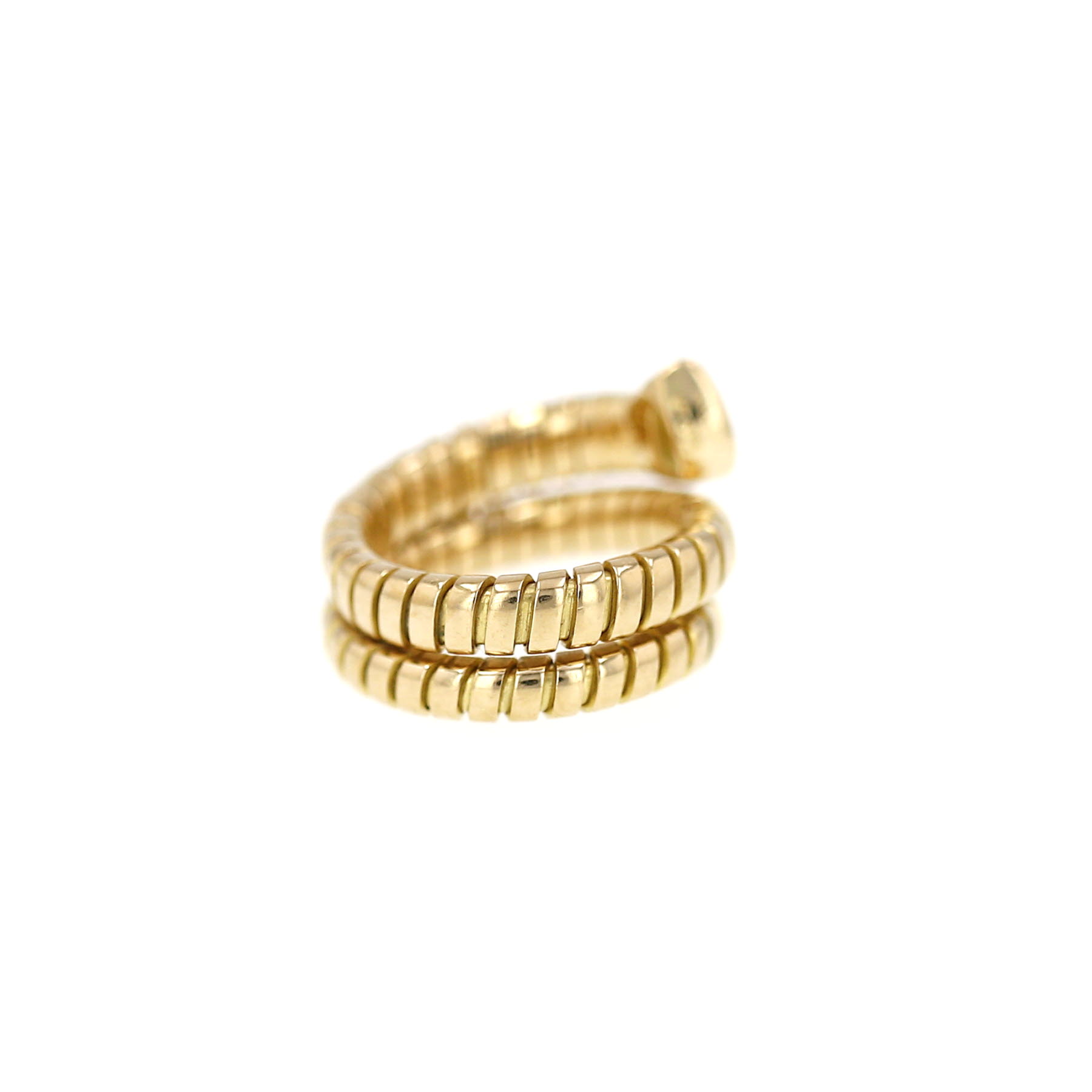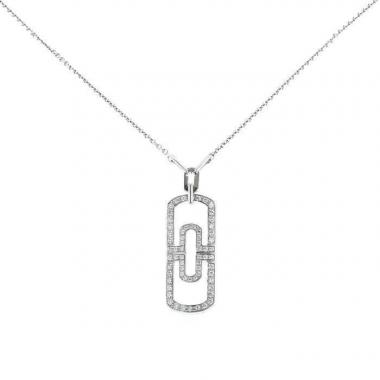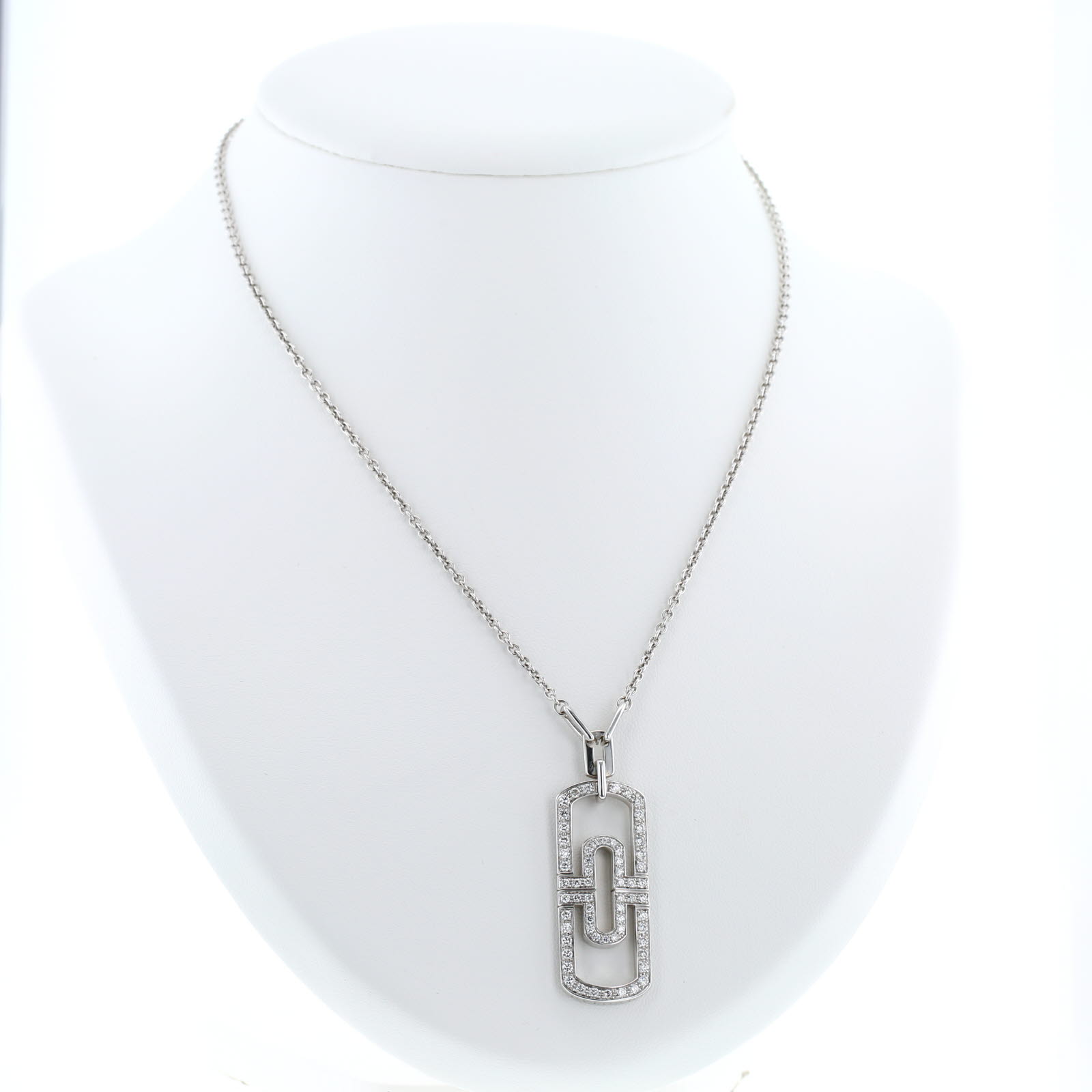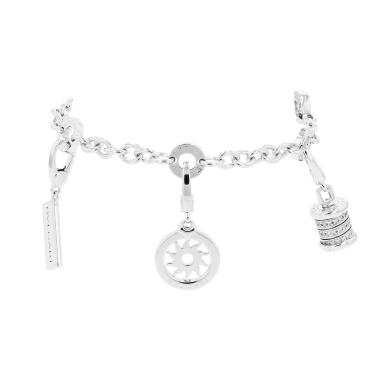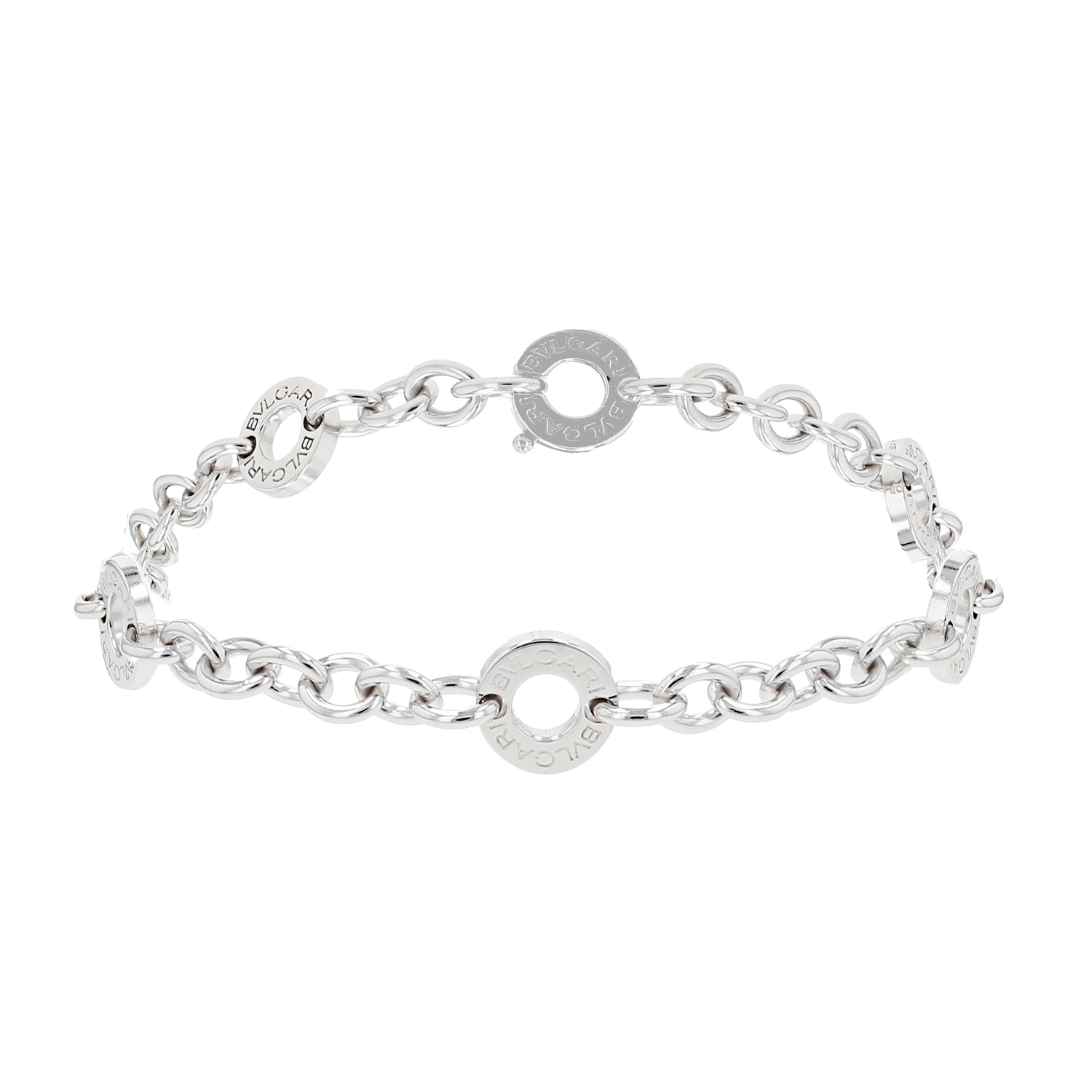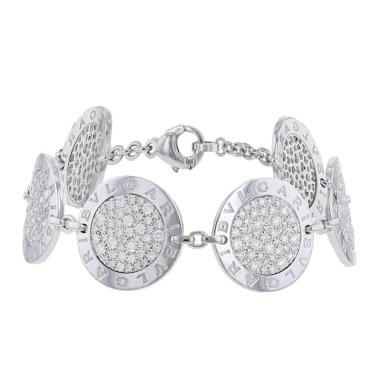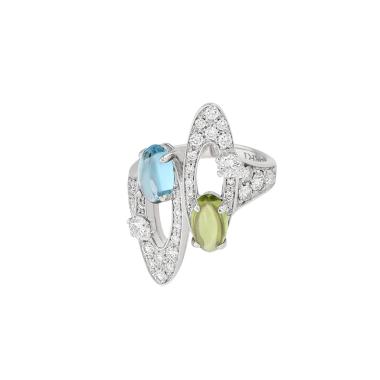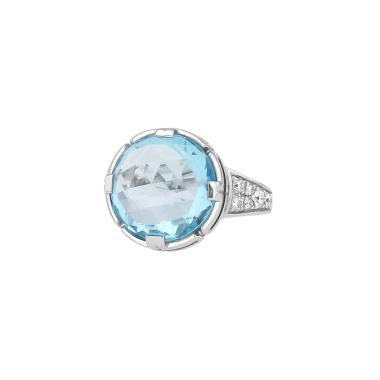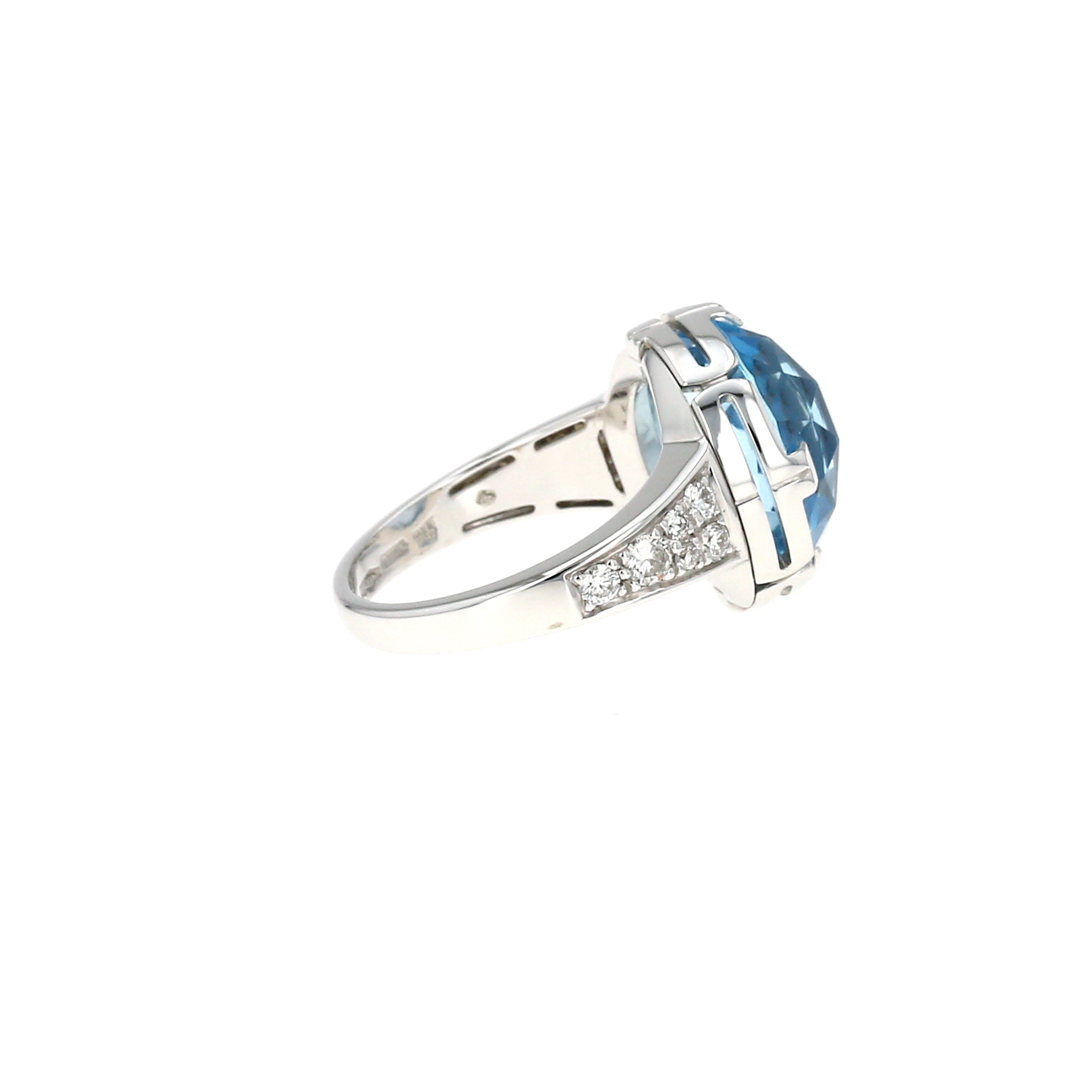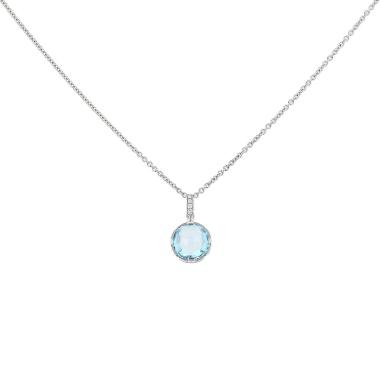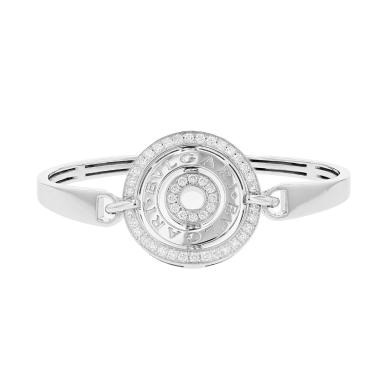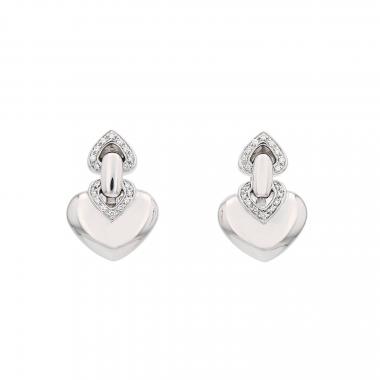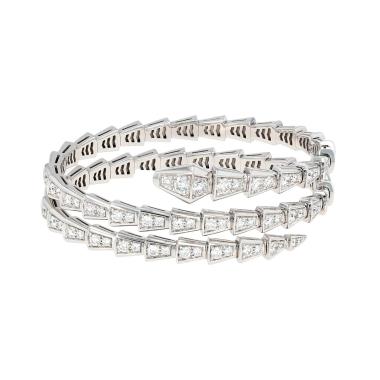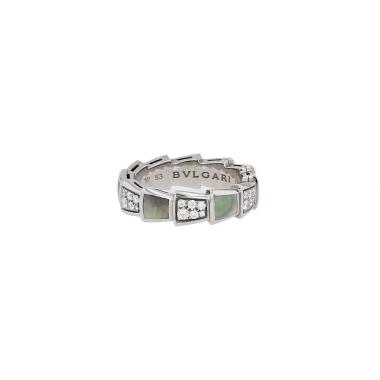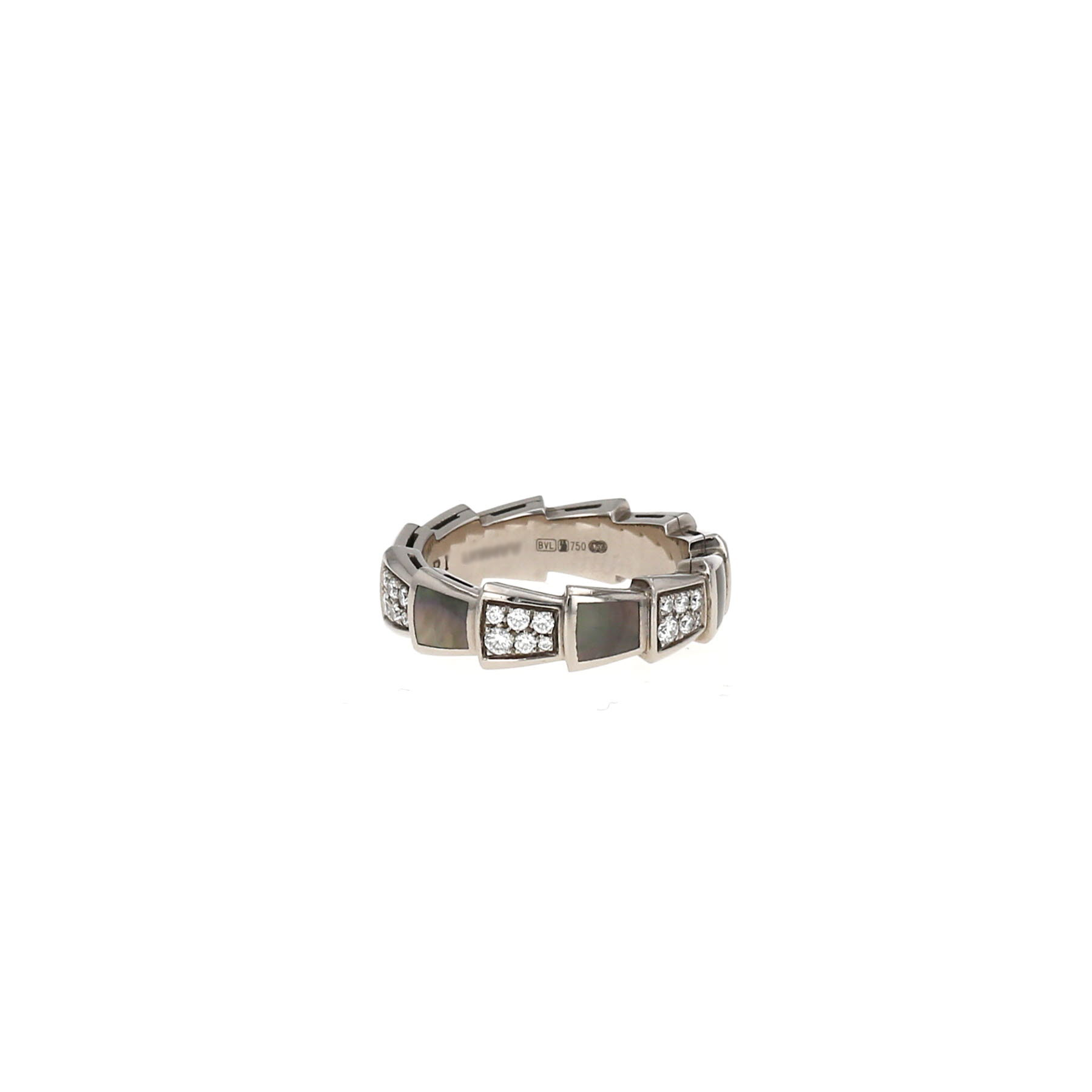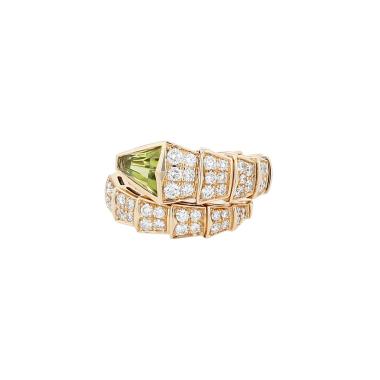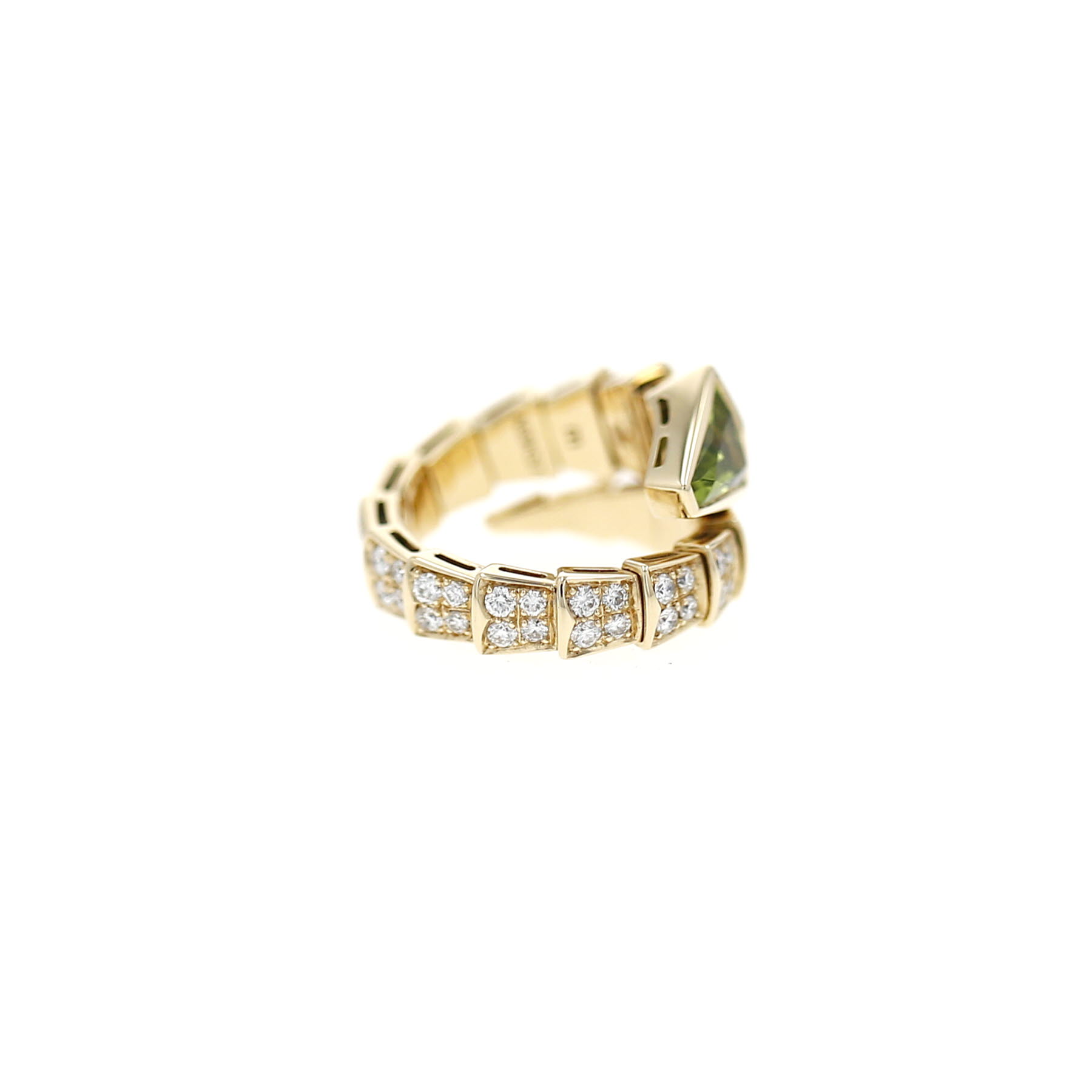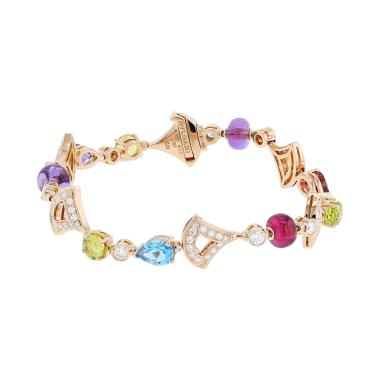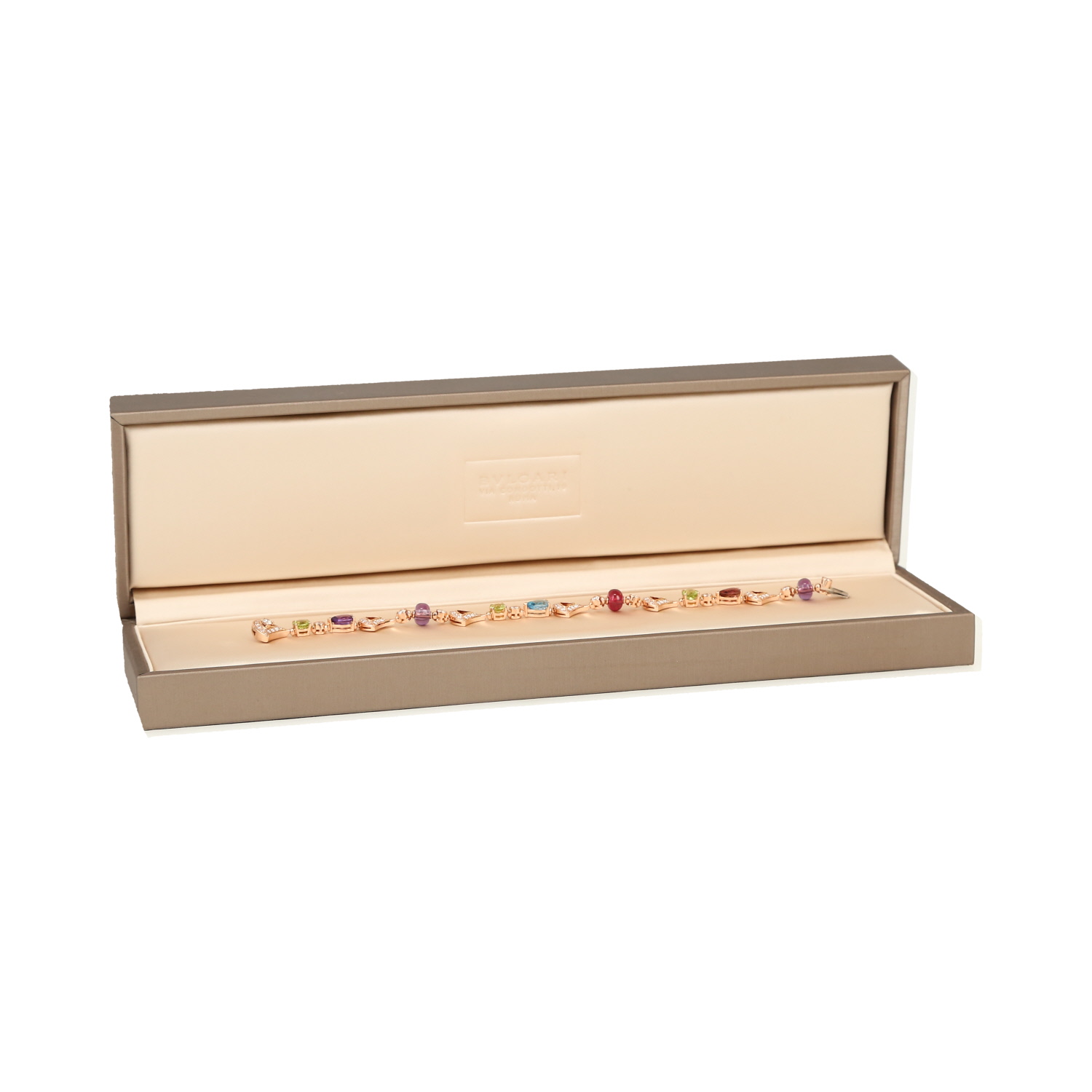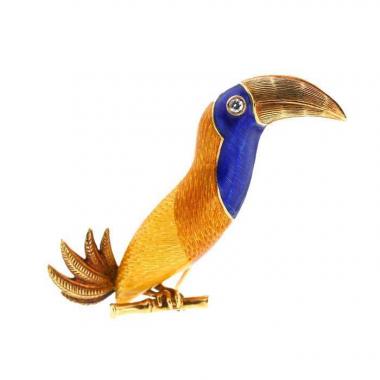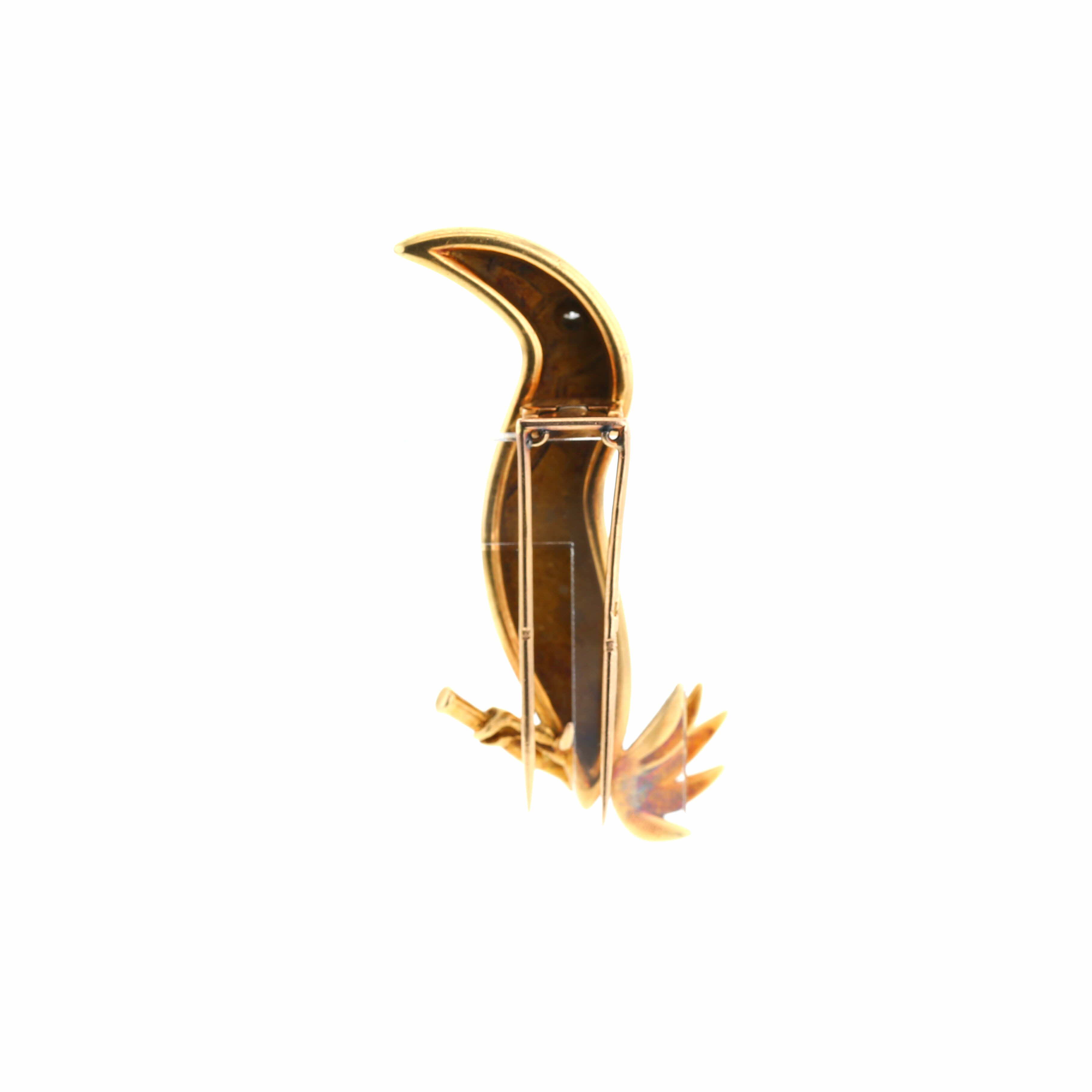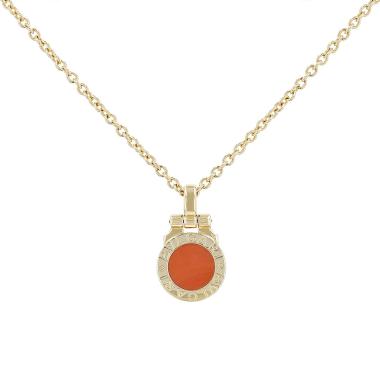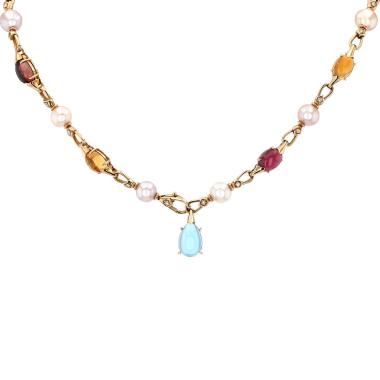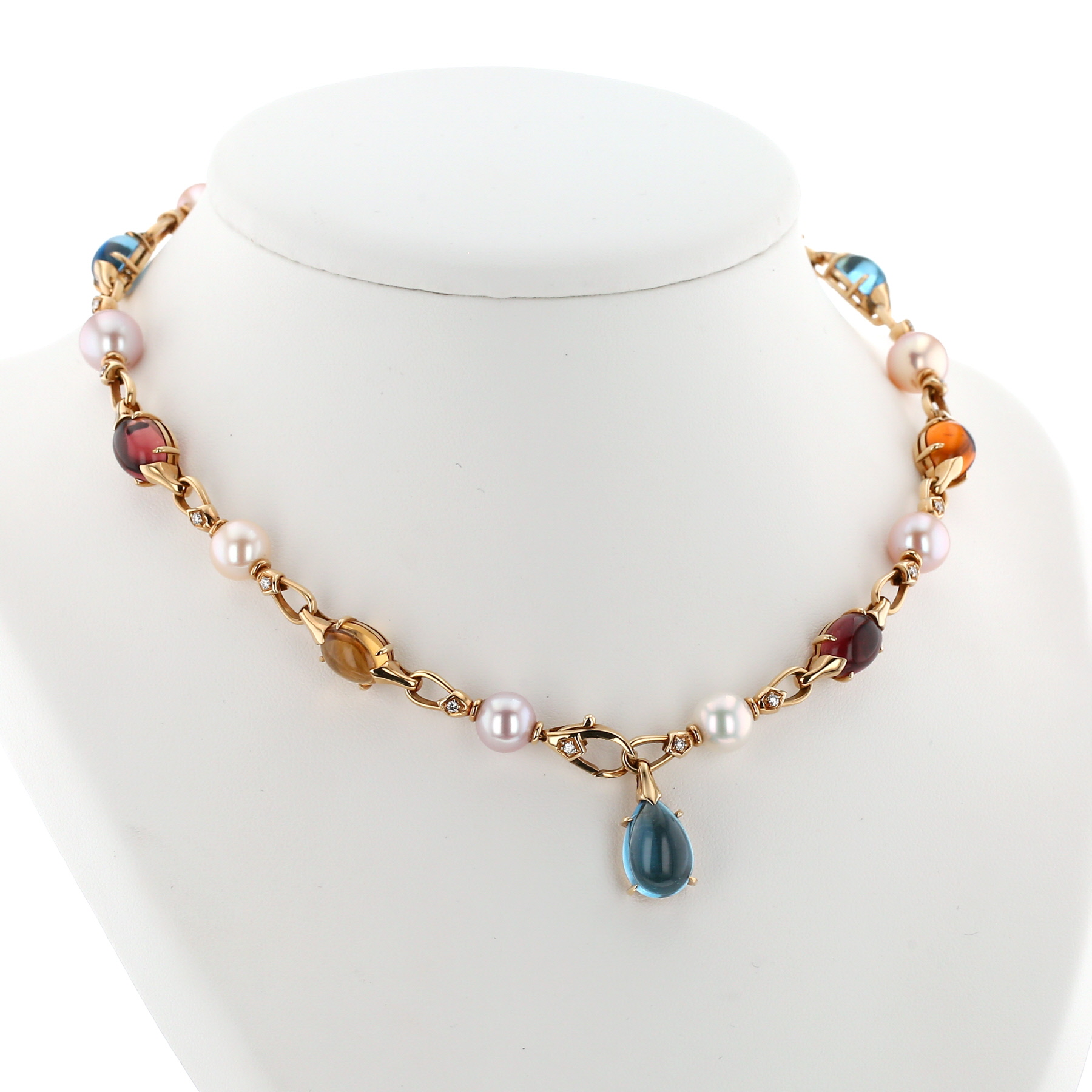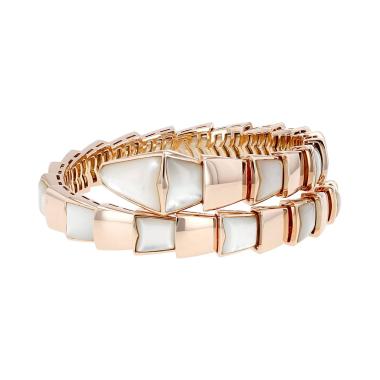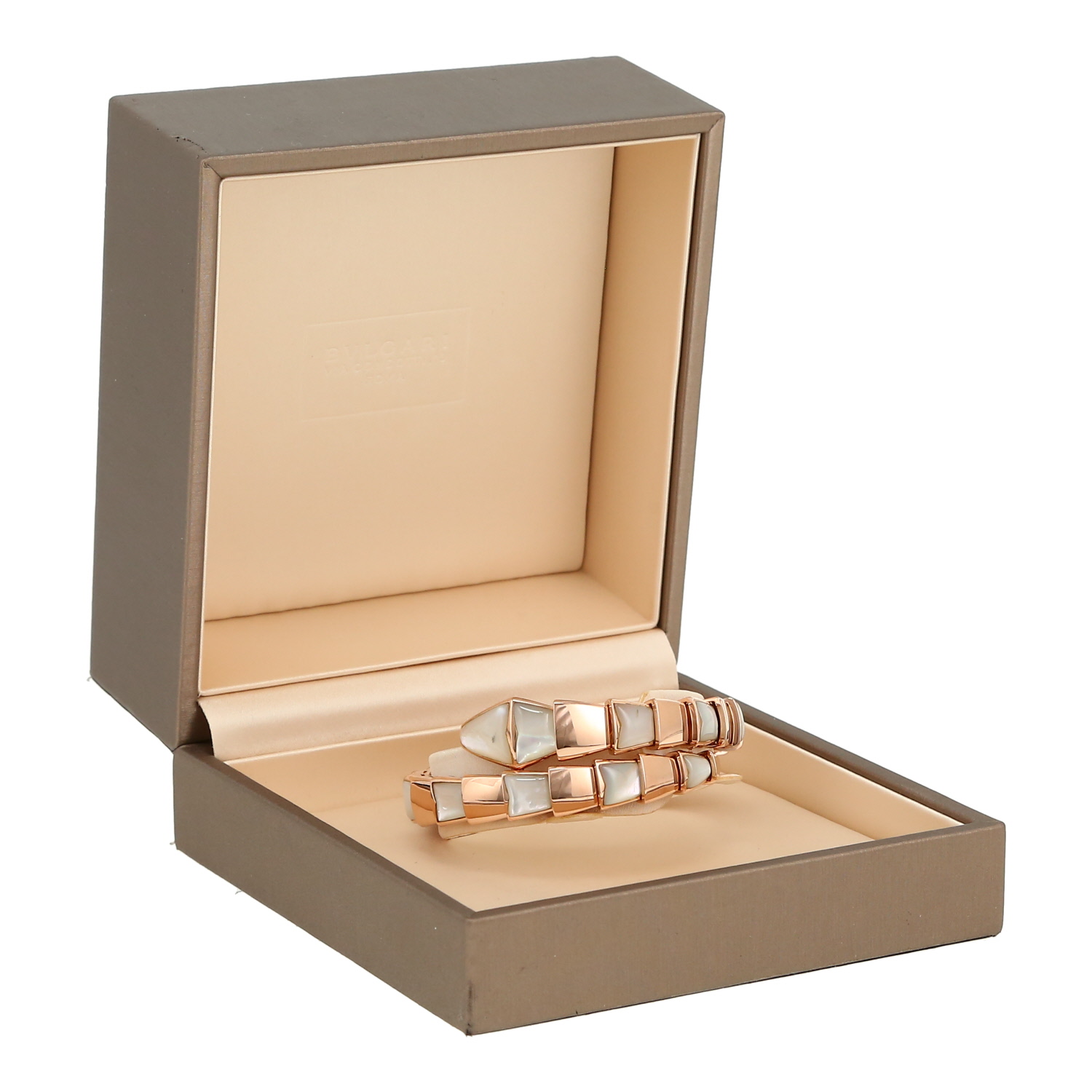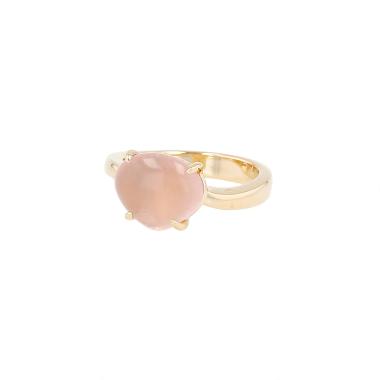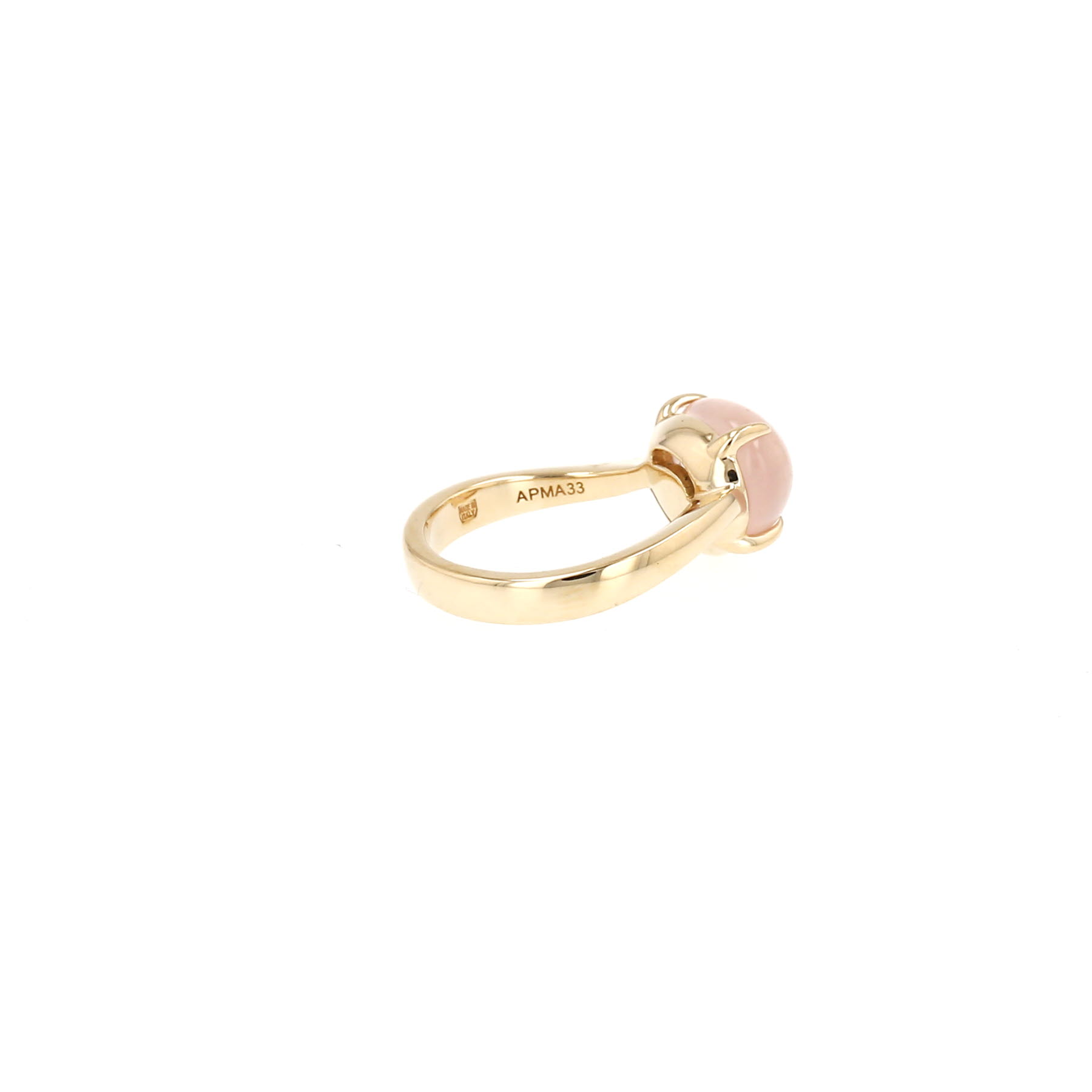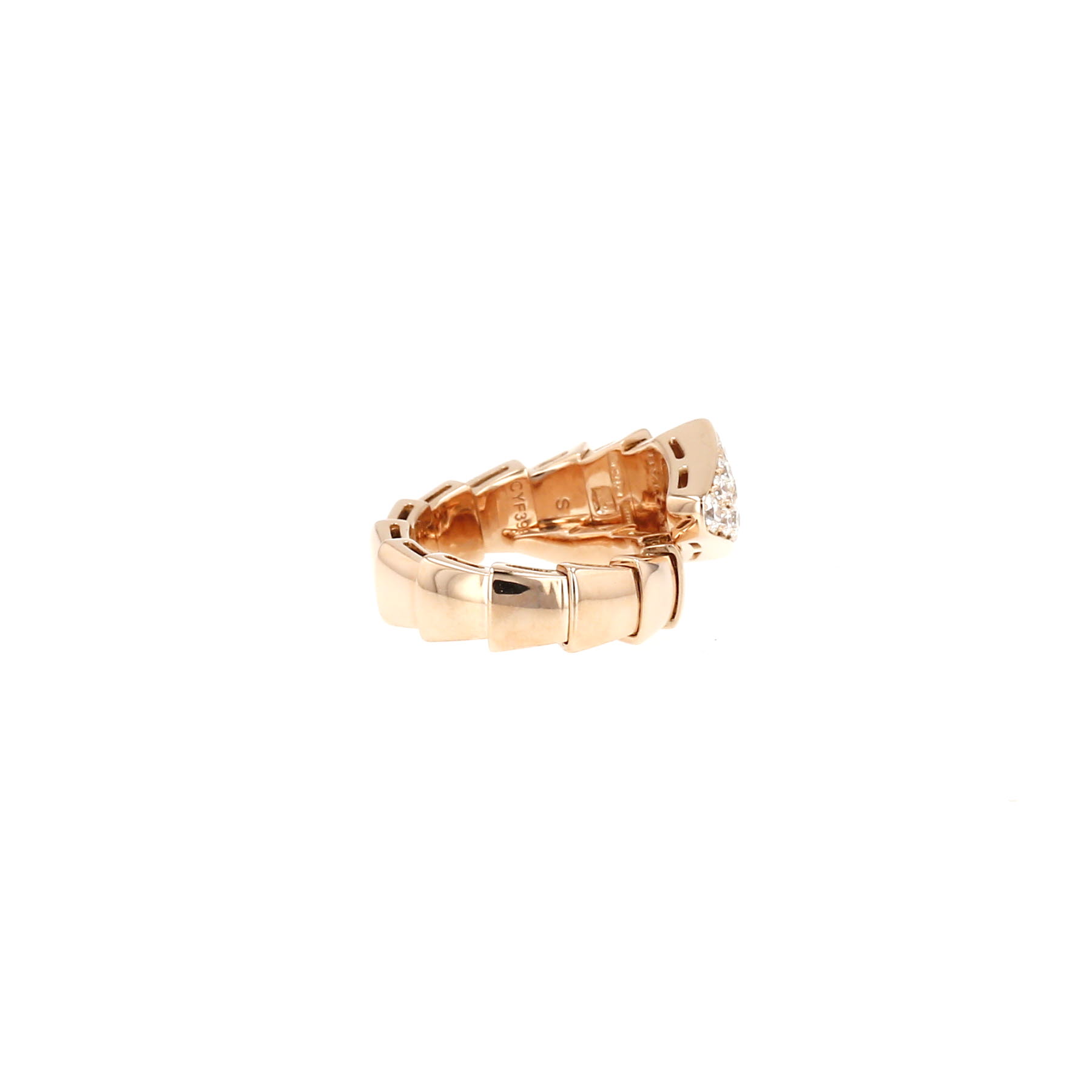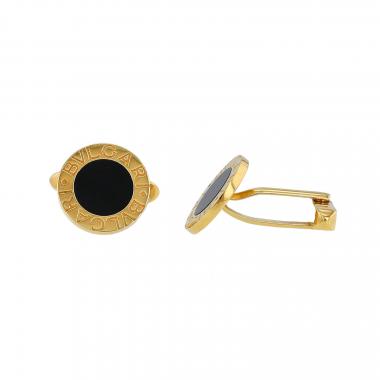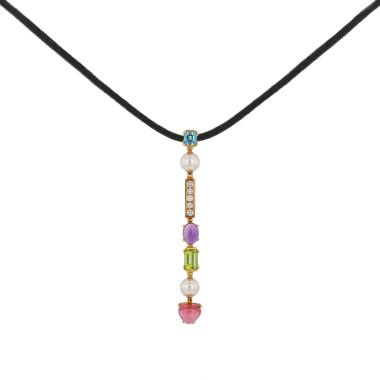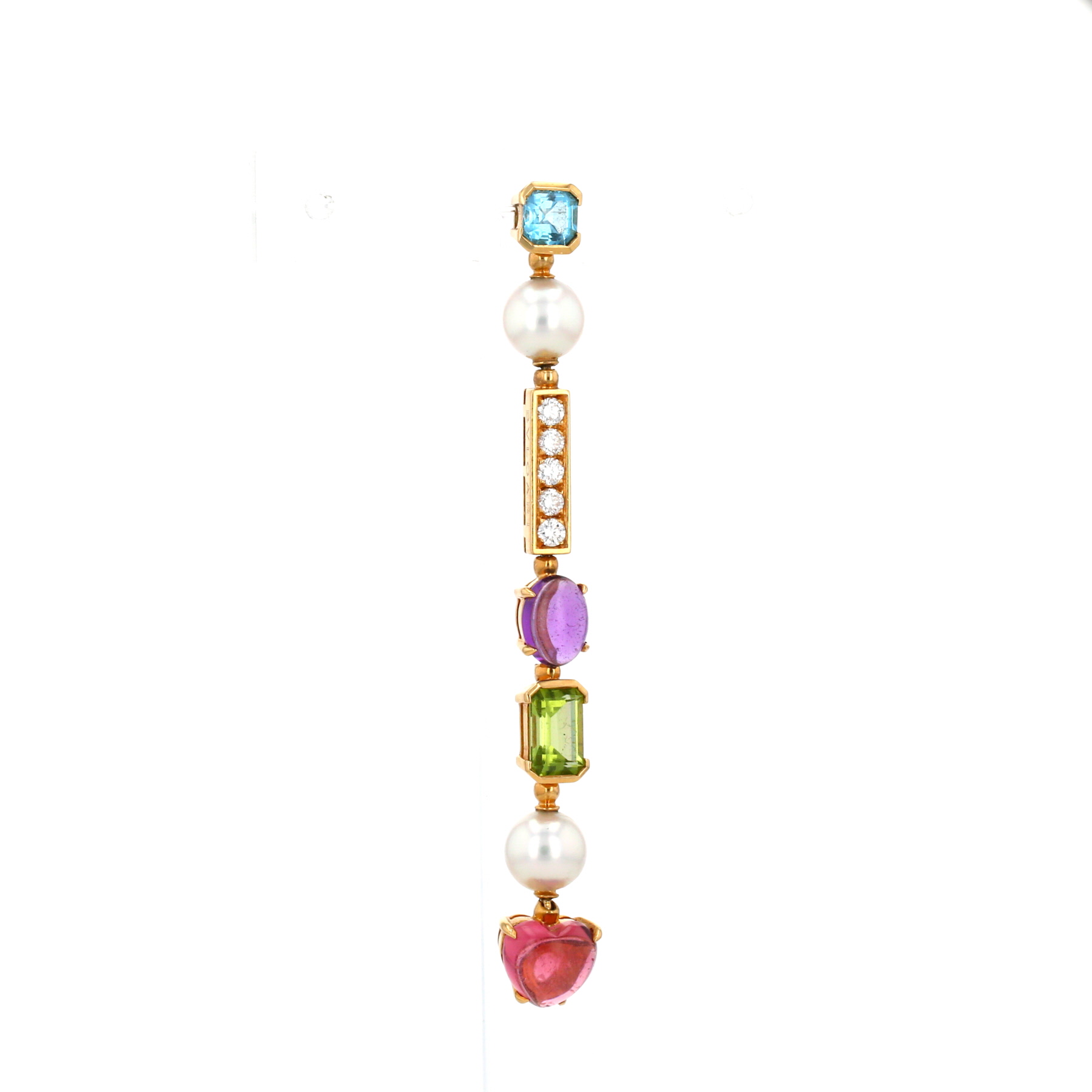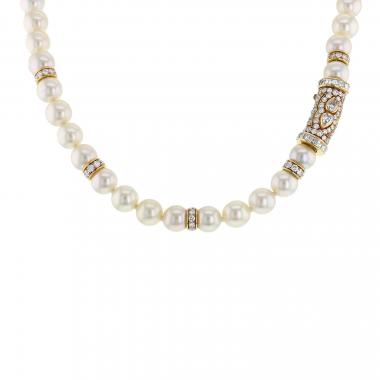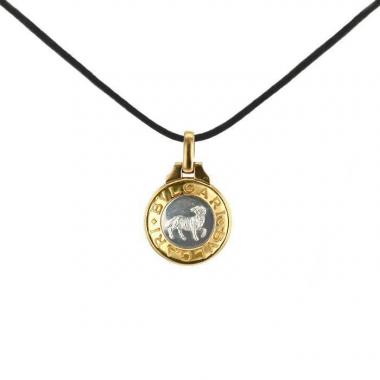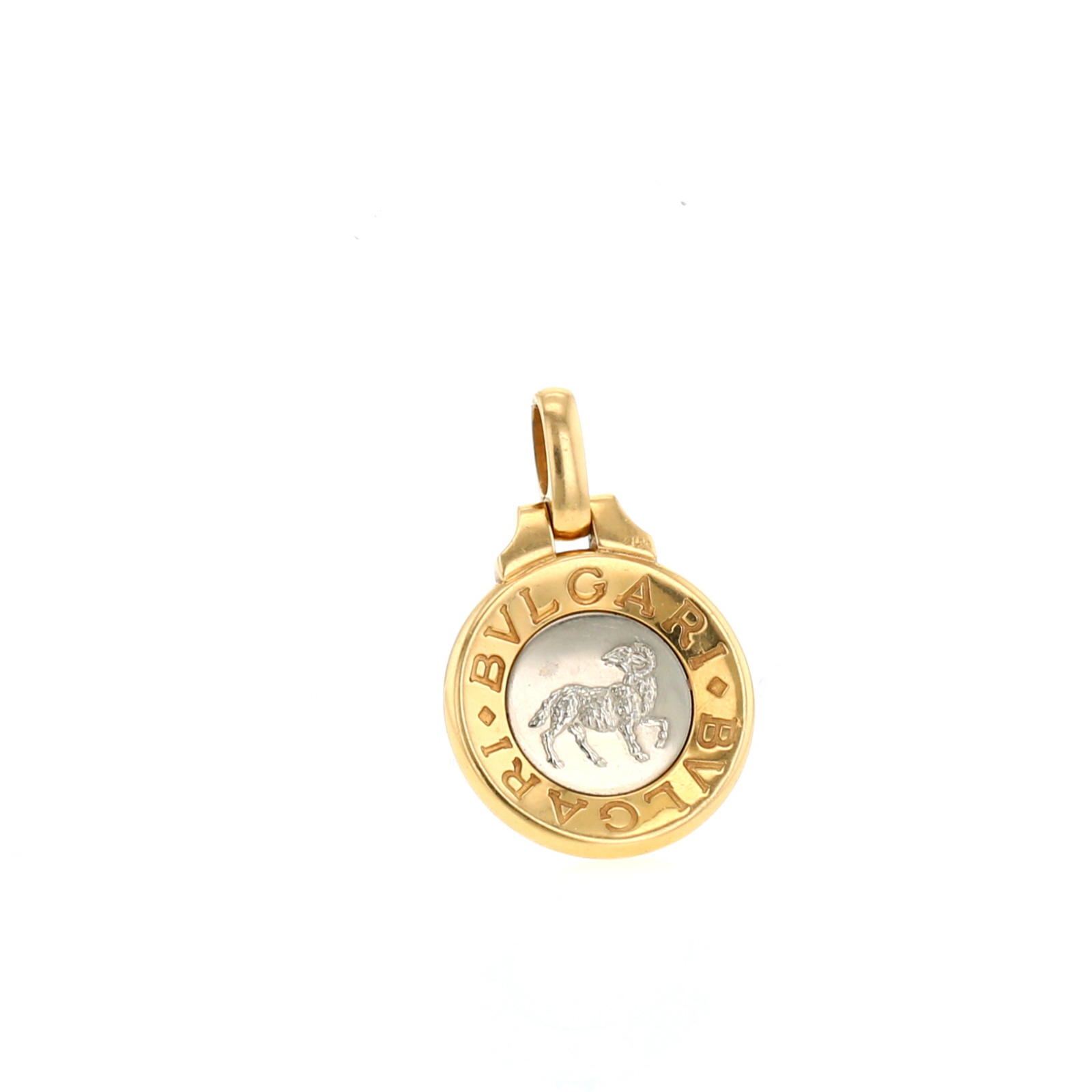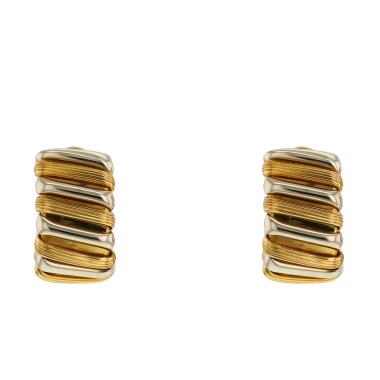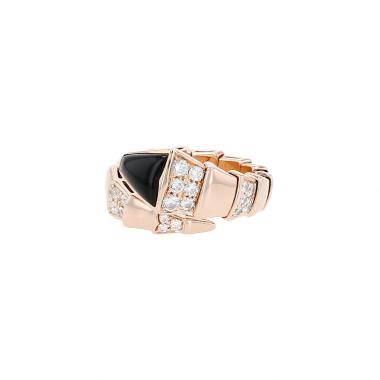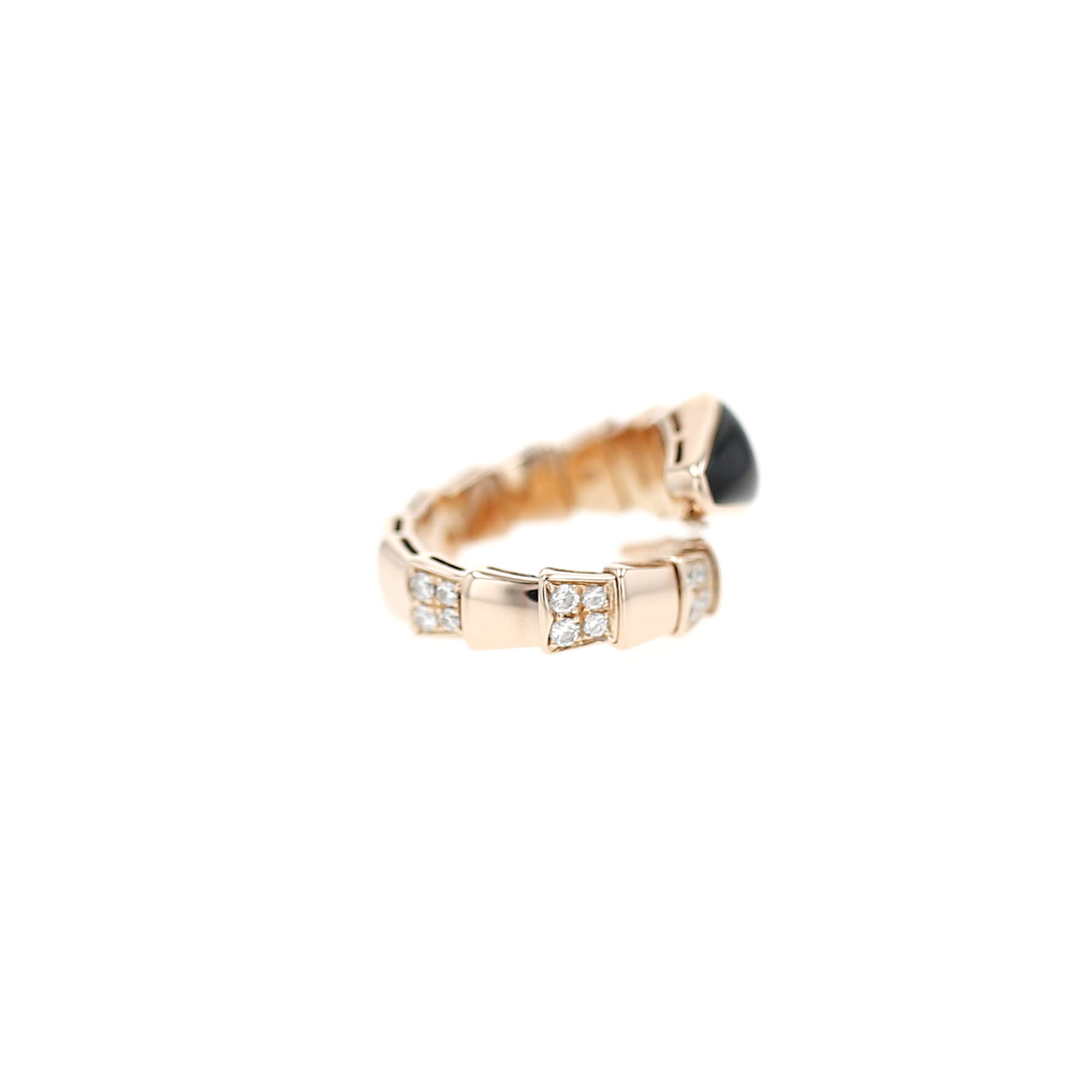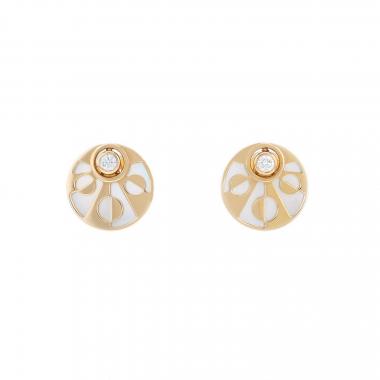Bulgari jewellery
-
Bulgari Serpenti Viper bracelet in white gold and diamonds
69,800 €
Retail price recorded on the basis of similar items in 2025 Retail Price: 105,000 €
-
Bulgari Serpenti Seduttori ring in white gold, diamonds and sapphire
24,800 €
Retail price recorded on the basis of similar items in 2025 Retail Price: 36,950 €
-
Articulated Bulgari Serpenti Seduttori bracelet in white gold, diamonds and sapphires
17,500 €
Retail price recorded on the basis of similar items in 2025 Retail Price: 34,000 €
-
Half-articulated Bulgari Diva's Dream ring in white gold and diamonds
10,500 €
-
Bulgari Serpenti Viper ring in white gold and diamonds
19,800 €
Retail price recorded on the basis of similar items in 2025 Retail Price: 29,000 €
-
Bulgari Allegra necklace in white gold, diamonds and colored stones
5,450 €
-
Bulgari Astrale large model necklace in yellow gold, diamonds and colored stones, in tourmaline and in amethyst
34,500 €
-
Bulgari B.Zero1 small model ring in yellow gold and diamonds
3,850 €
Retail price recorded on the basis of similar items in 2025 Retail Price: 6,700 €
-
Bulgari Serpenti Viper large model bracelet in yellow gold, diamonds and peridot
24,800 €
-
Bulgari Monete long transformation necklace in yellow gold and silver
88,500 €
-
Bulgari Serpenti Viper ring in pink gold, diamonds and onyx
9,980 €
Retail price recorded on the basis of similar items in 2025 Retail Price: 15,800 €
-
Bulgari earrings for non pierced ears in white gold and yellow gold
2,650 €
-
Bulgari 1980's necklace in yellow gold and Akoya cultured pearls
18,800 €
-
Half-articulated Bulgari Allegra large model ring in yellow gold, diamonds and colored stones
7,480 €
-
Bulgari Parentesi ring in pink gold, amethyst and diamonds
3,250 €
-
Bulgari Serpenti Viper ring in pink gold and diamonds
7,650 €
Retail price recorded on the basis of similar items in 2025 Retail Price: 11,000 €
-
Bulgari B.Zero1 large model ring in pink gold and ceramic
1,450 €
Retail price recorded on the basis of similar items in 2025 Retail Price: 2,300 €
-
Bulgari B.Zero1 Rock ring in pink gold and ceramic
2,350 €
Retail price recorded on the basis of similar items in 2025 Retail Price: 4,000 €
-
Bulgari Bulgari Bulgari long necklace in yellow gold
9,980 €
-
Bulgari Parentesi ring in yellow gold and stainless steel
1,980 €
-
Hald-rigid Bulgari Parentesi 1980's bracelet in yellow gold and stainless steel
5,850 €
-
Bulgari Bulgari Bulgari necklace in pink gold and mother of pearl
1,650 €
Retail price recorded on the basis of similar items in 2025 Retail Price: 2,220 €
-
Bulgari Bulgari Bulgari ring in pink gold and diamonds
2,480 €
Retail price recorded on the basis of similar items in 2025 Retail Price: 6,000 €
-
Bulgari earrings for non pierced ears in yellow gold and platinium
4,250 €
-
Twisted Bulgari Bulgari Bulgari ring in yellow gold, onyx and coral
1,750 €
Retail price recorded on the basis of similar items in 2025 Retail Price: 3,100 €
-
Bulgari B.Zero1 large model ring in pink gold and ceramic
1,350 €
Retail price recorded on the basis of similar items in 2025 Retail Price: 2,320 €
-
Bulgari Lucéa necklace in white gold, cultured pearls and diamonds
9,980 €
-
Hald-rigid Bulgari Tubogas ring in yellow gold and diamonds
4,250 €
-
Bulgari Parentesi large model necklace in white gold and diamonds
11,700 €
Retail price recorded on the basis of similar items in 2025 Retail Price: 23,000 €
-
Bulgari B.Zero1 small model ring in white gold and diamonds
3,980 €
Retail price recorded on the basis of similar items in 2025 Retail Price: 6,900 €
-
Bulgari bracelet in white gold, diamonds and onyx
5,850 €
-
Bulgari Bulgari Bulgari bracelet in white gold and diamonds
11,300 €
-
Bulgari Elisia ring in white gold, diamonds, peridot and topaz
5,350 €
-
Bulgari Parentesi Cocktail ring in white gold, topaz and diamonds
3,450 €
-
Bulgari Parentesi Cocktail necklace in white gold, topaz and diamonds
5,650 €
-
Half-articulated Bulgari Bulgari Bulgari bracelet in white gold and diamonds
4,750 €
-
Bulgari Cuore earrings in white gold and diamonds
3,980 €
-
Bulgari Serpenti Viper large model bracelet in white gold and diamonds
49,800 €
Retail price recorded on the basis of similar items in 2025 Retail Price: 88,000 €
-
Bulgari Serpenti Viper ring in white gold, mother of pearl and diamonds
4,150 €
-
Bulgari Serpenti Viper ring in yellow gold, peridot and diamonds
15,300 €
-
Bulgari Diva's Dream bracelet in pink gold, diamonds and semi-precious stones
15,300 €
Retail price recorded on the basis of similar items in 2025 Retail Price: 23,700 €
-
Bulgari 1970's brooch in yellow gold, enamel and diamond
7,350 €
-
Bulgari Bulgari Bulgari necklace in yellow gold and coral
3,780 €
-
Bulgari Allegra necklace in yellow gold, precious stones, cultured pearls and diamonds
16,500 €
-
Bulgari Serpenti Viper bracelet in pink gold and mother of pearl
14,800 €
-
Bulgari Mediterranean Eden ring in yellow gold and quartz
1,850 €
-
Bulgari B.Zero1 large model ring in pink gold and ceramic
1,350 €
Retail price recorded on the basis of similar items in 2025 Retail Price: 2,300 €
-
Bulgari ring in platinium and diamonds (1.57 ct.)
15,900 €
-
Bulgari Serpenti Viper ring in pink gold and diamonds
7,650 €
Retail price recorded on the basis of similar items in 2025 Retail Price: 11,000 €
-
Bulgari Flora necklace in yellow gold, diamonds and sapphires
23,500 €
-
Bulgari Bulgari Bulgari pair of cufflinks in yellow gold and onyx
1,480 €
-
Articulated Bulgari Allegra pendant in yellow gold, diamonds and colored stones
4,250 €
-
Bulgari necklace in yellow gold, cultured pearls and diamonds
14,800 €
-
Bulgari pair of cufflinks in yellow gold
1,680 €
-
Bulgari Bulgari Bulgari pendant in white gold and yellow gold
1,980 €
-
Bulgari B.Zero1 bracelet in pink gold and stainless steel
2,950 €
-
Bulgari Bulgari Bulgari pair of cufflinks in yellow gold and onyx
1,850 €
Retail price recorded on the basis of similar items in 2025 Retail Price: 3,250 €
-
Bulgari earrings for non pierced ears in yellow gold and white gold
4,980 €
-
Bulgari Serpenti Viper ring in pink gold, onyx and diamonds
9,450 €
Retail price recorded on the basis of similar items in 2025 Retail Price: 15,800 €
-
Bulgari Intarsio small earrings in pink gold, mother of pearl and diamonds
3,980 €

Bulgari jewellery
In Rome’s via Sistina quarter, Sotirio Bulgari opened his first store in 1884. In the beginning, this master Greek gold and silver smith gathered and created valuable objects. Inspired by this origin and antiquity, the current name of the House transcribed the Italian pronunciation of the name of the founding artisan “Voulgaris,” adding a 'v' instead of a 'u' in writing, based on the ancient Latin alphabet. In 1905, helped by his sons Costantino and Giorgio, he inaugurated a bigger and more prestigious boutique in the famous Via Condotti, one of the most elegant in Rome and Italy, where a demanding clientele existed. This shop is still the soul of the Bvlgari House today.
At that time, the shop displayed a sign reading “Old Curiosity Shop.” An antique store, it brought creations from the House together, an unusual collection of objects. So he attracted an Anglo-Saxon clientele, and in particular young men from good families. These were art lovers, collectors and curious people who had to take a “Grand Tour,” to complete their education since the 18th century. The “Grand Tour” included visiting Italian and Greek sites, monuments and curiosities, because Greece and Italy were the cradle of classical and humanist culture.
At the beginning of the 20th century, Costantino and Giorgio showed an interest in gems, jewellery-making and the creation of watches. In the 1920s, the Bvlgari House saw a turning point. Costantino and Giorgio created a unique style inspired by Greco-Roman classicism, the Italian Renaissance, and the Roman school of silversmithing from the 19th century. In 1932, they took back the direction of the Bvlgari House and enlarged the via Condotti boutique. Sotirios died in 1934.
The House’s style is distinguished by the size and peculiarity of the gems used, the original way the colours are combined, and the innovative character of the materials used.
In the 1930s, the Cinecittà studios were established in Rome, and with them the film industry developed. After World War II, Rome reunited with worldly life and the world. American cinema and its major productions invested in locations and the city saw an influx of Hollywood and European movie stars: Elizabeth Taylor, Marlene Dietrich, Clark Gable, Gary Cooper, Audrey Hepburn, Sophia Loren, Gina Lollobrigida... In the 1950s and 1960s, the House of Bvlgari’s creations seduced this world of cinema and the jet set. Carried by this enthusiasm, Bvlgari opened other boutiques in New York, Geneva, Monte Carlo and Paris during the 1970s. Since then, the House of Bvlgari’s reputation never ceased to assert itself and expand.
Some jewellery collections are considered to be “timeless” jewellery, inspired by fine antique silversmithing, and distinguished like archaeological finds (the Spiga bracelet and the Monete necklace...) or from a very contemporary world, with the essential collection B. Zero.1, whose ring was revisited in 2011 by the artist Anish Kapoor.
Analysis report
View quotes for jewellery Bulgari thanks to almost 600,000 sales results decrypted by our expert
14-days return policy
Recently viewed
Explore
Our most sought-after ranges
by brand, collection or category.
